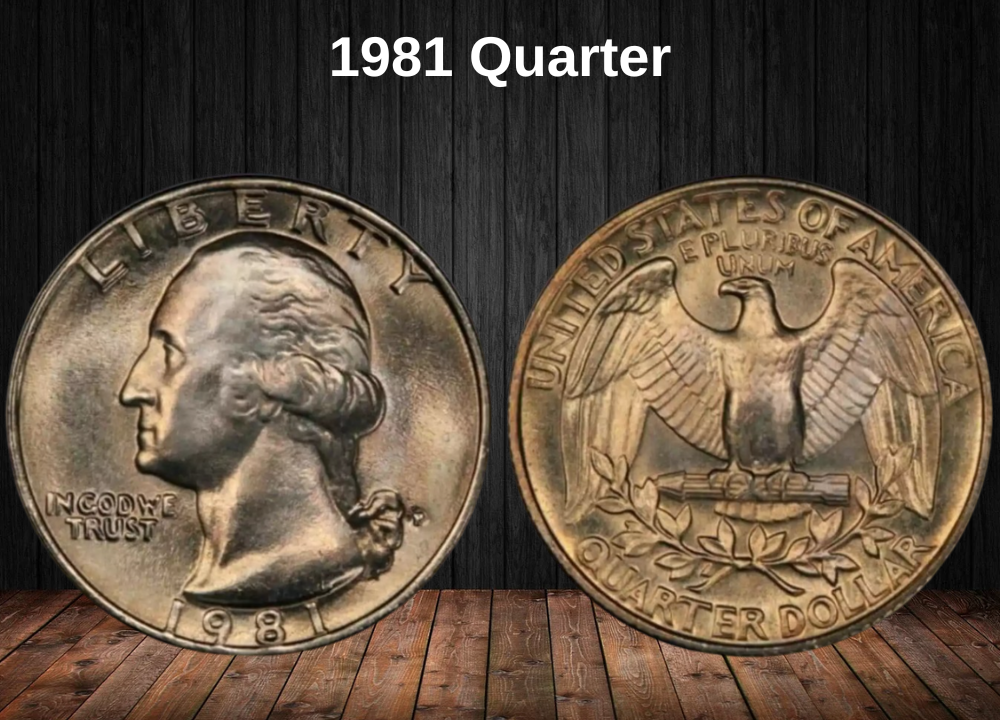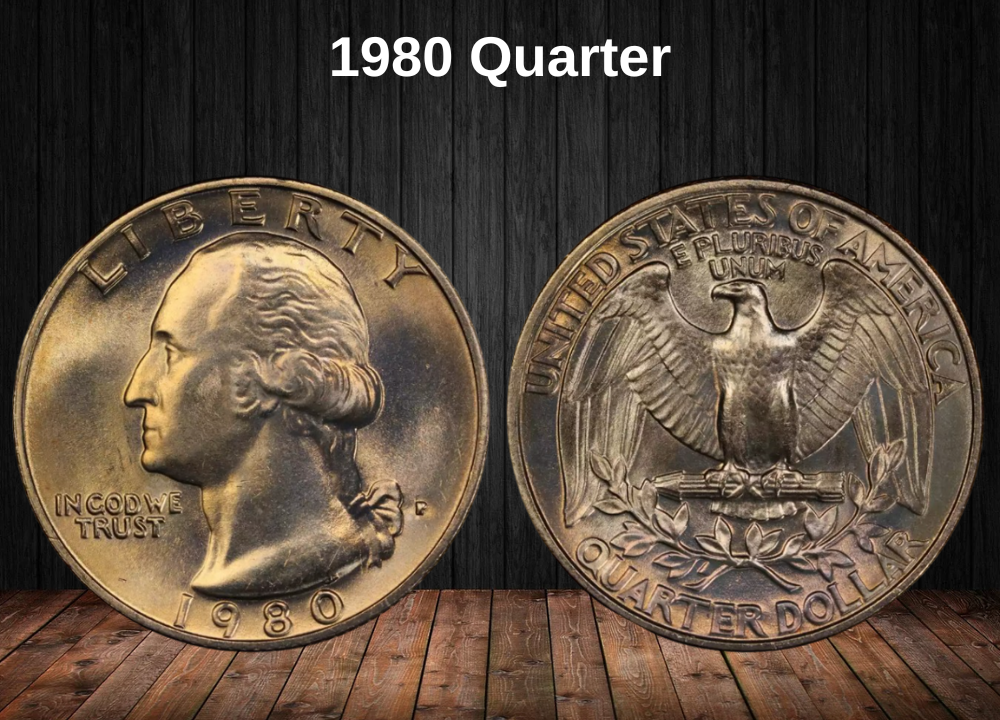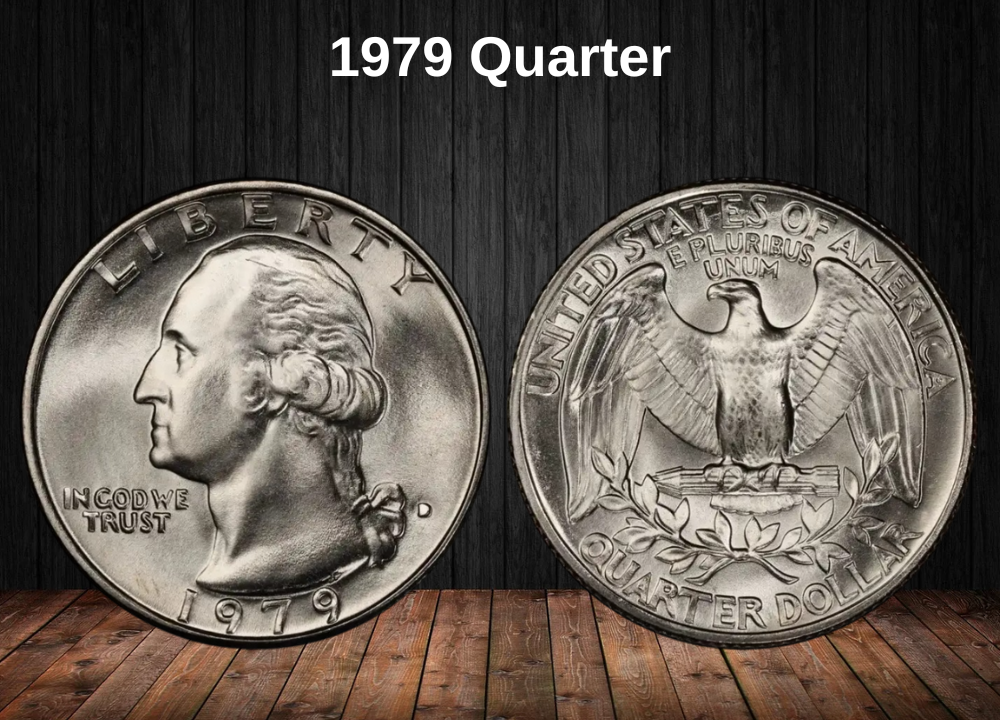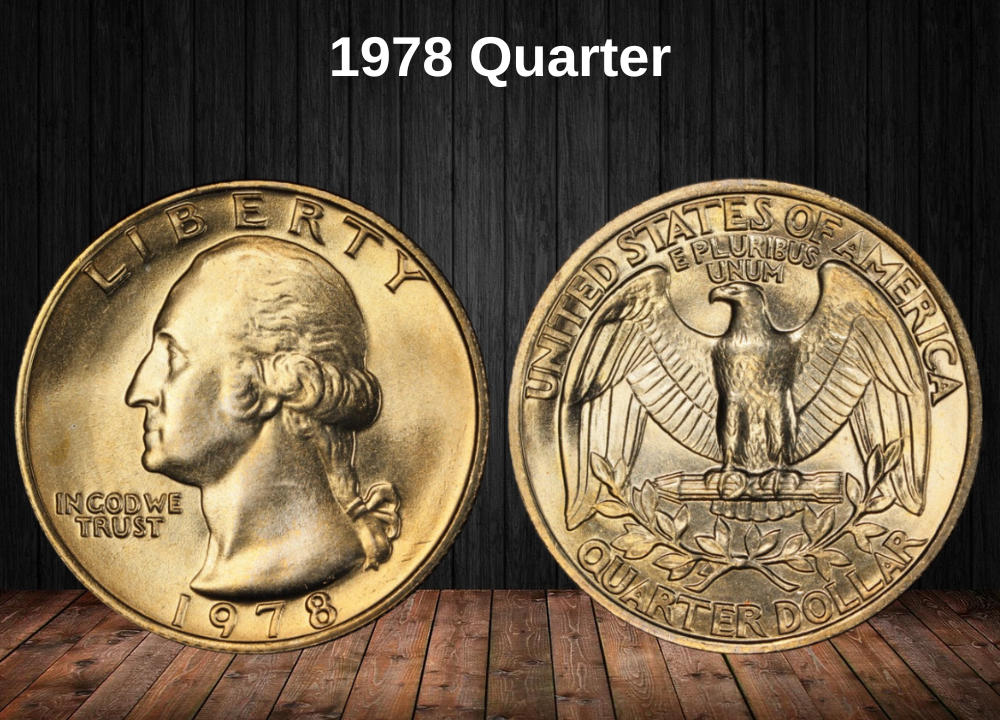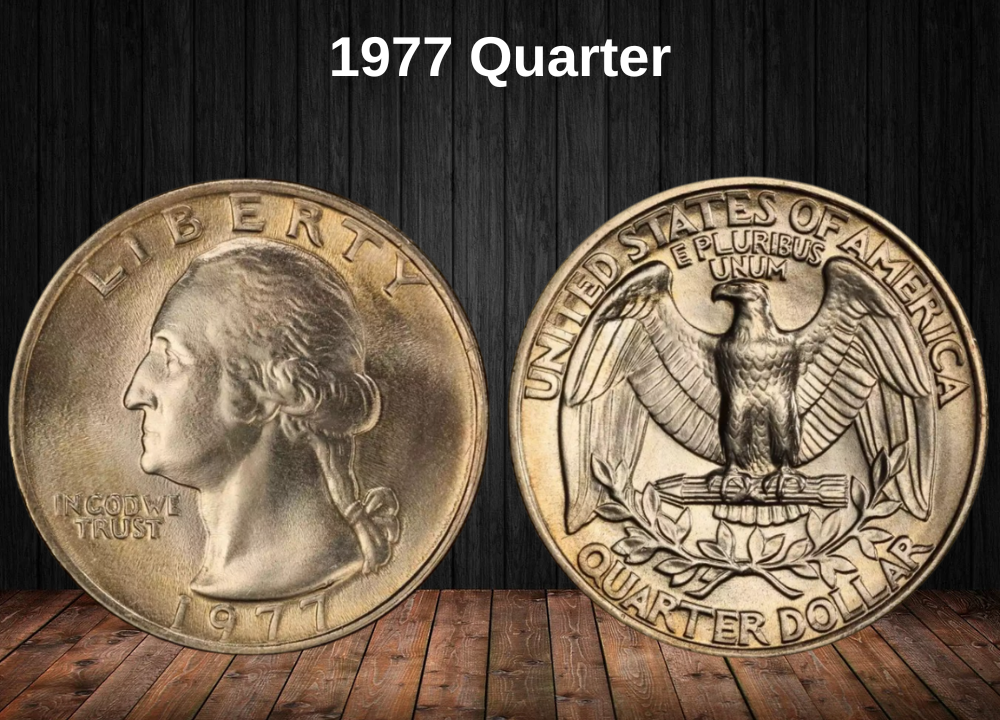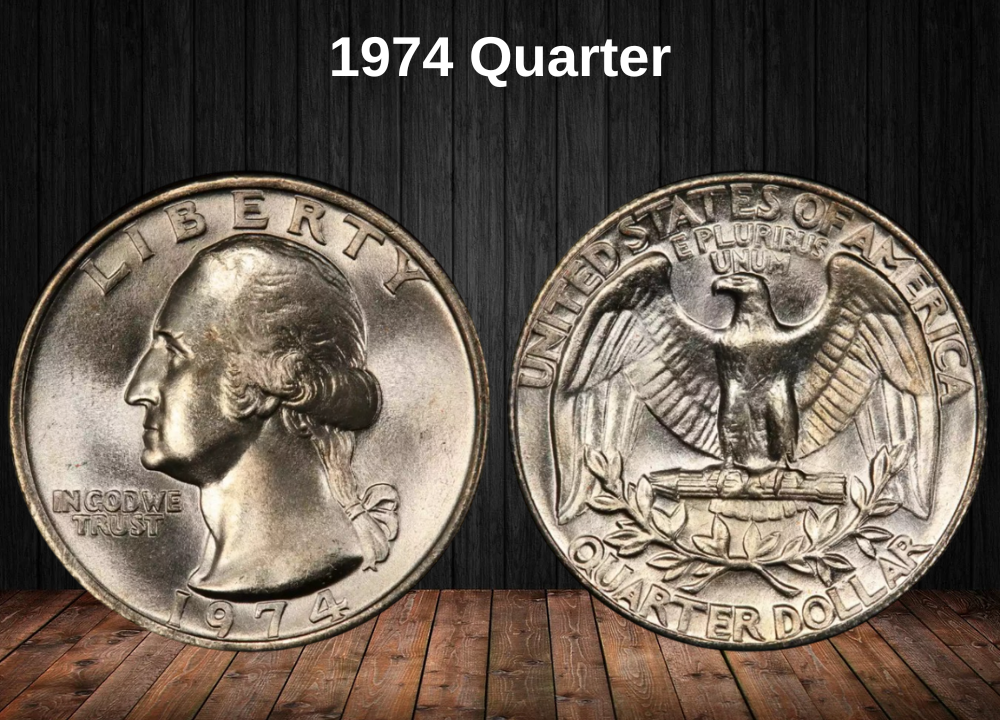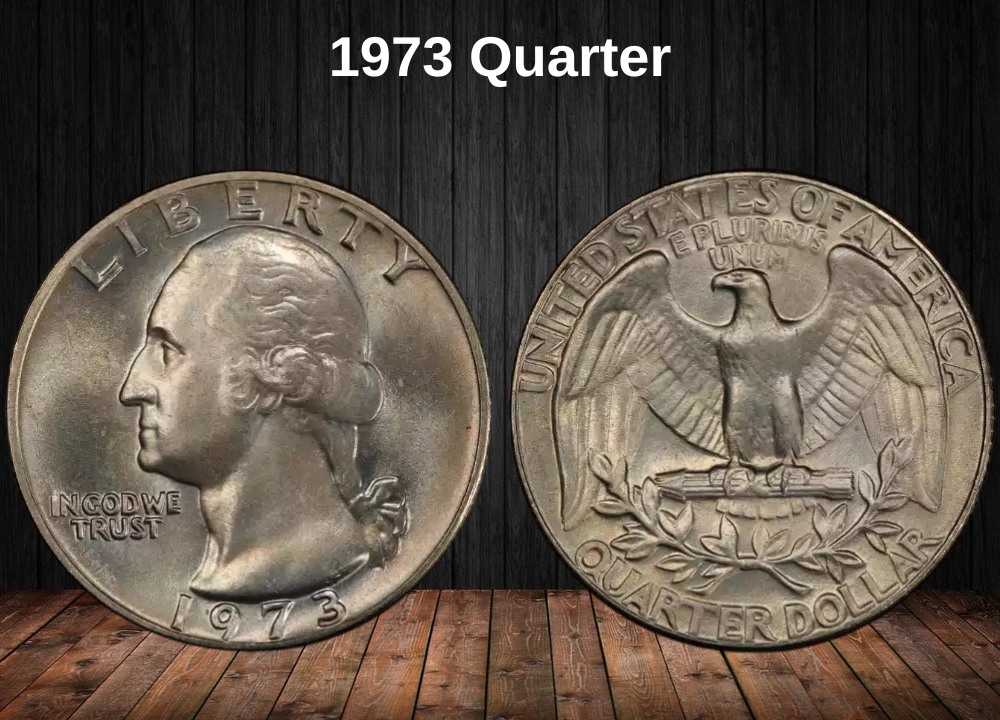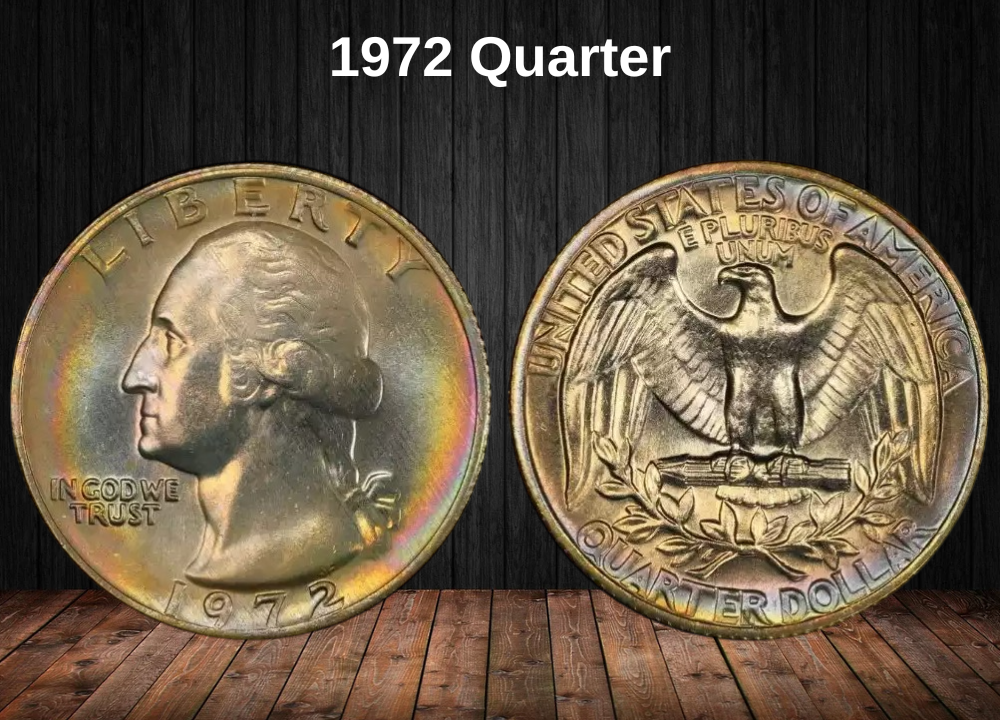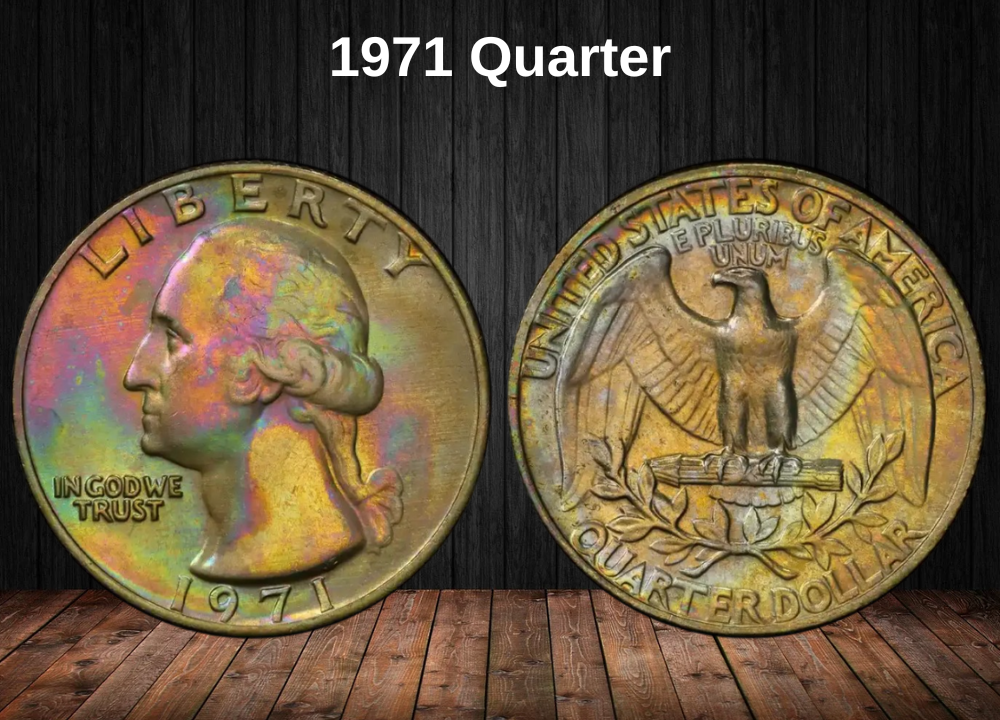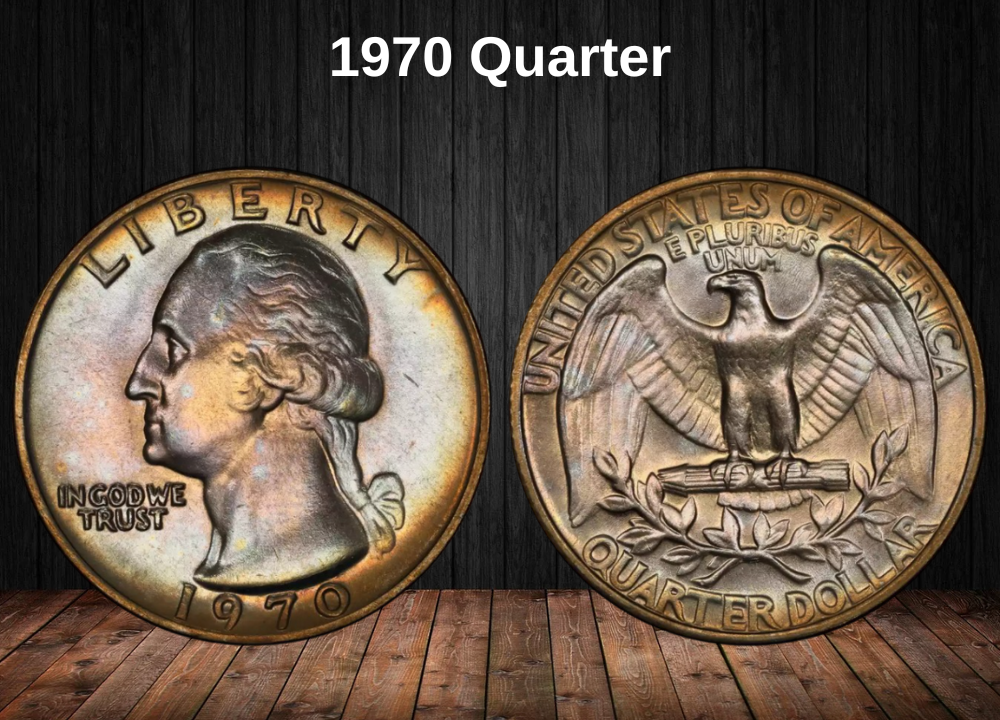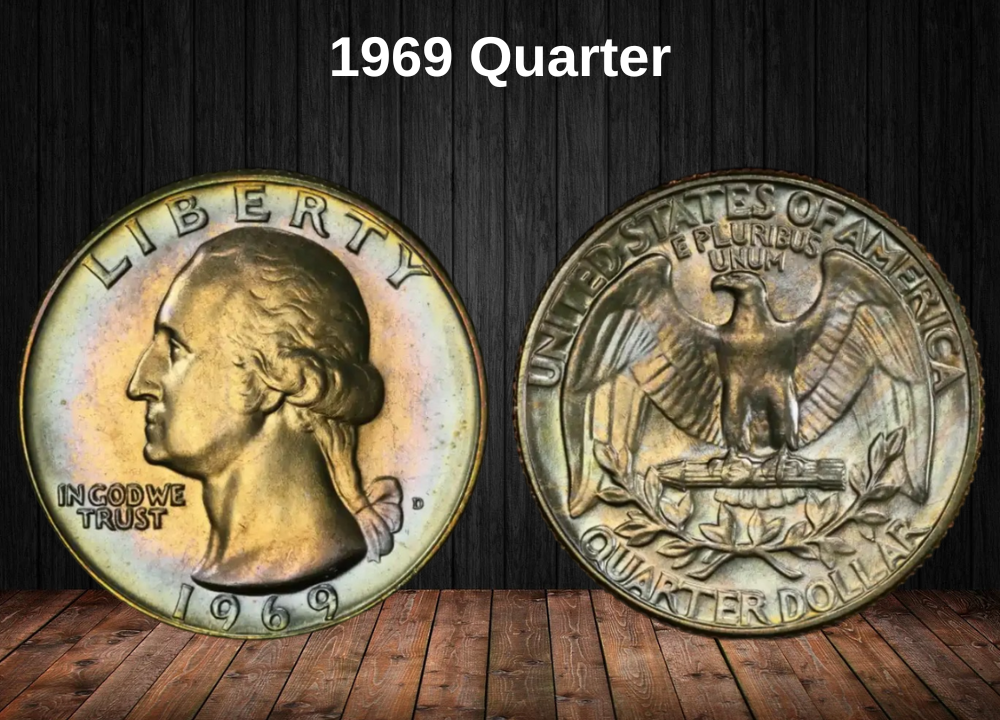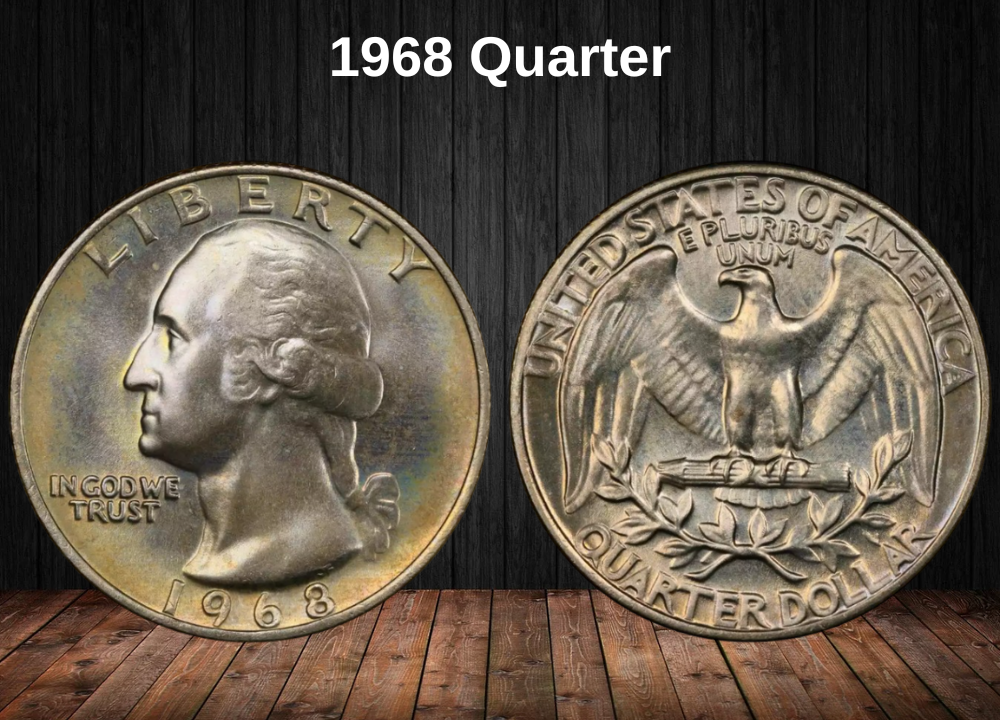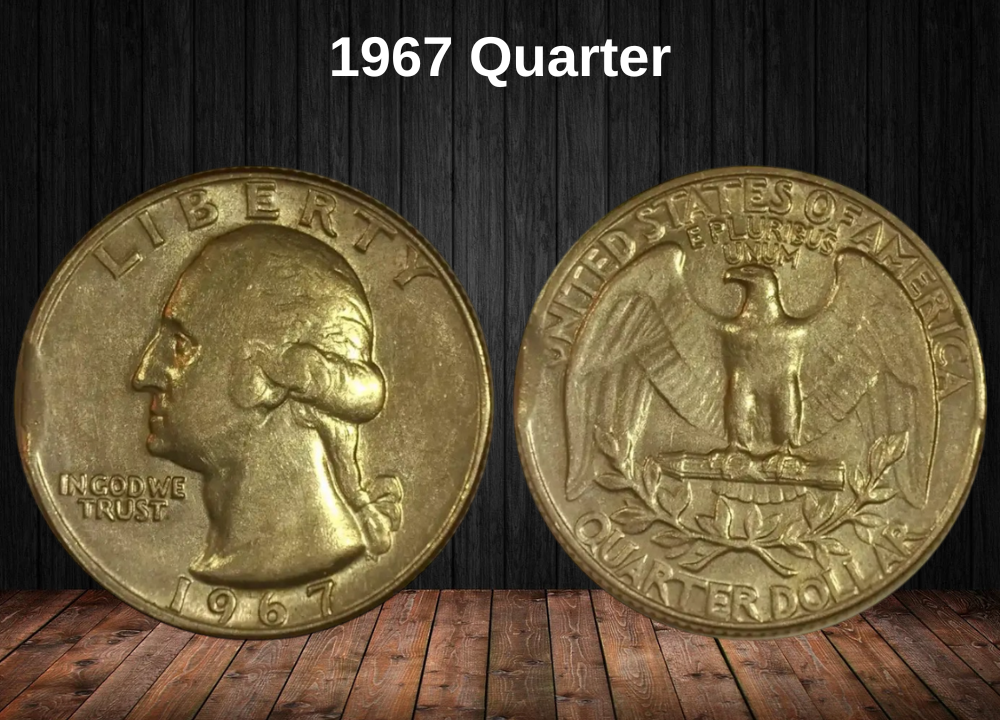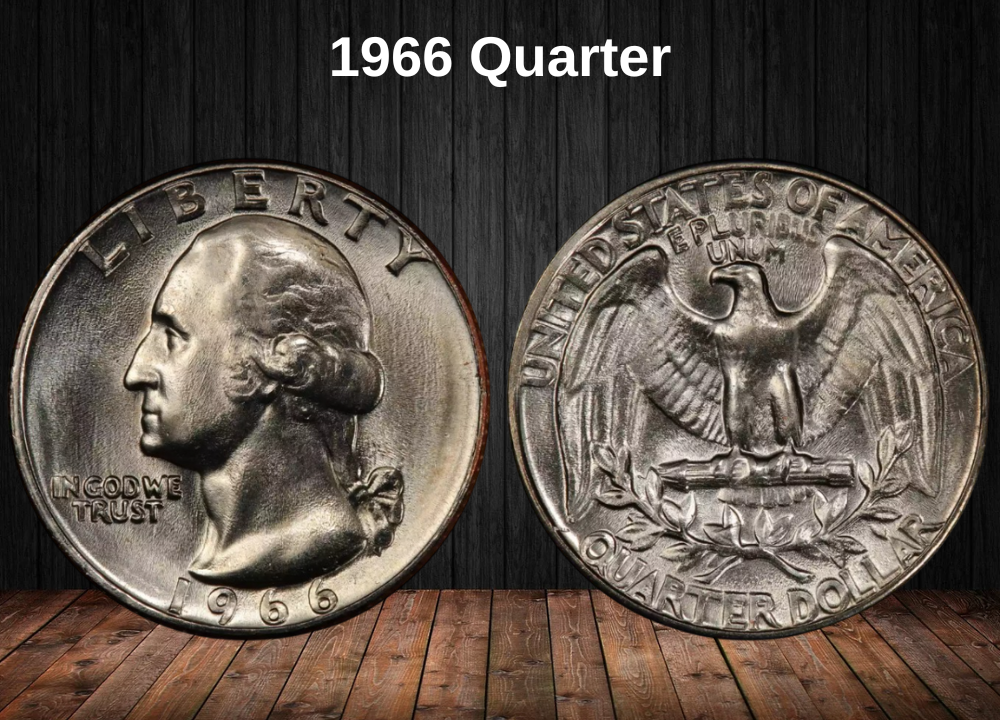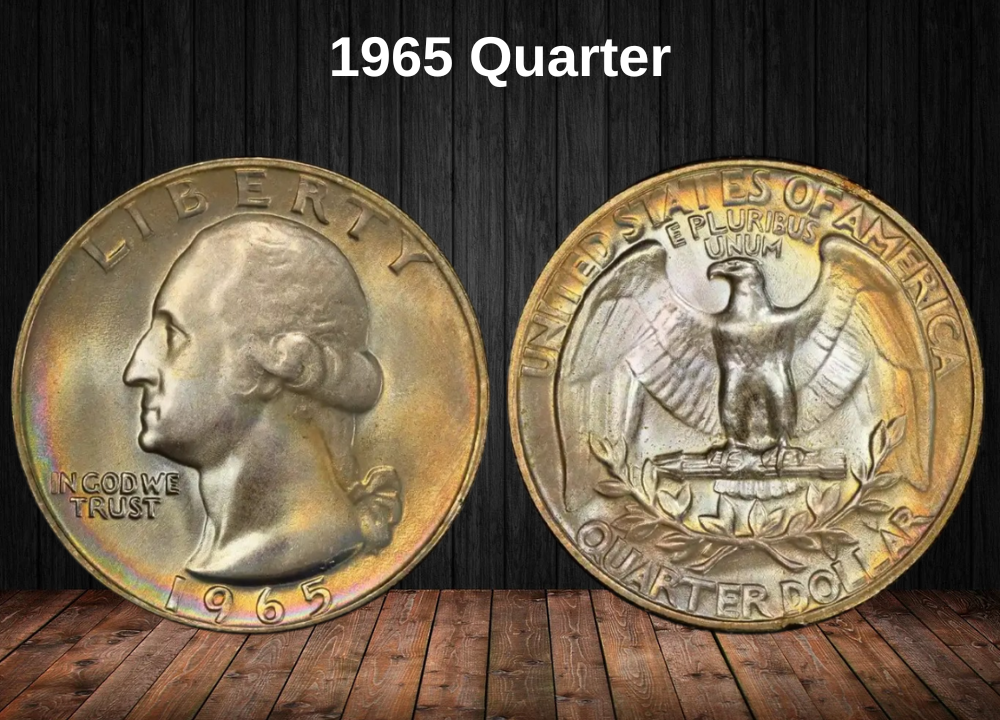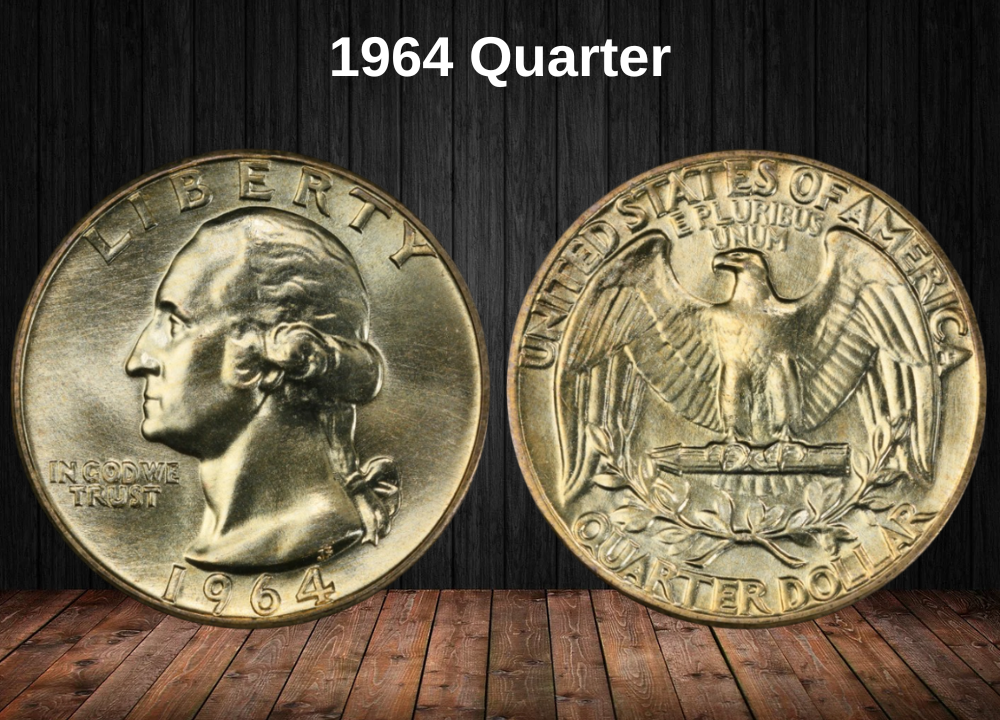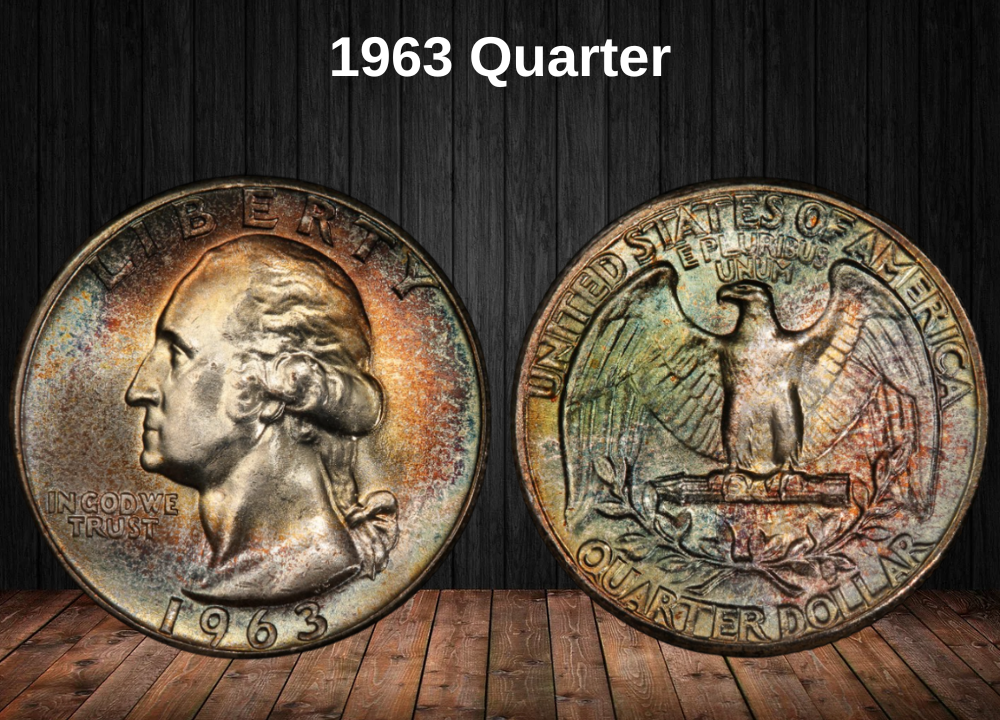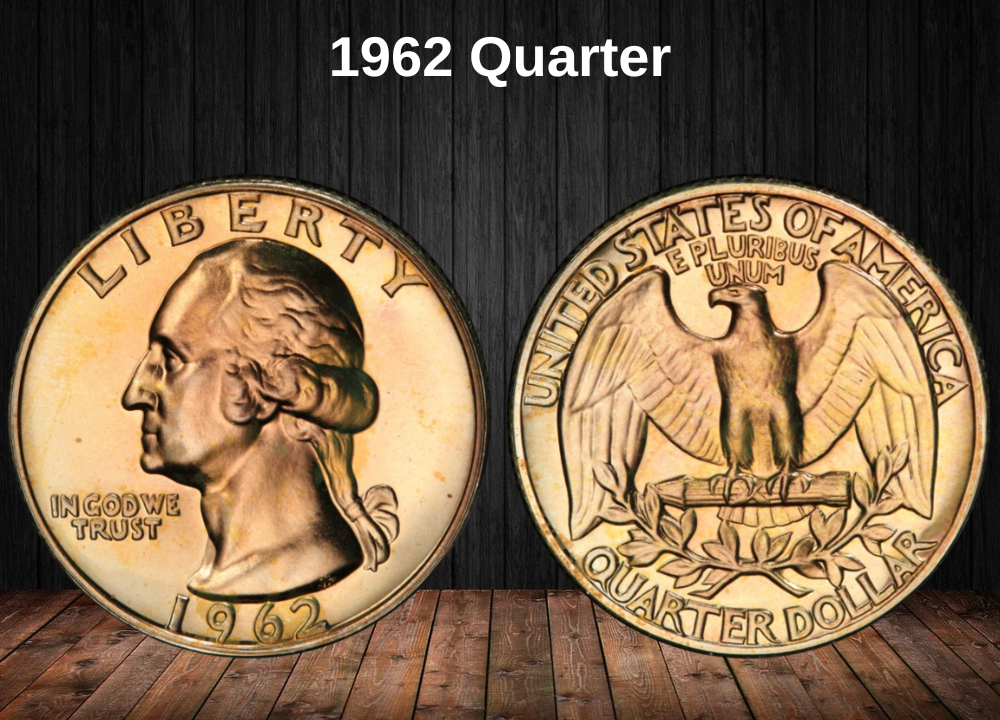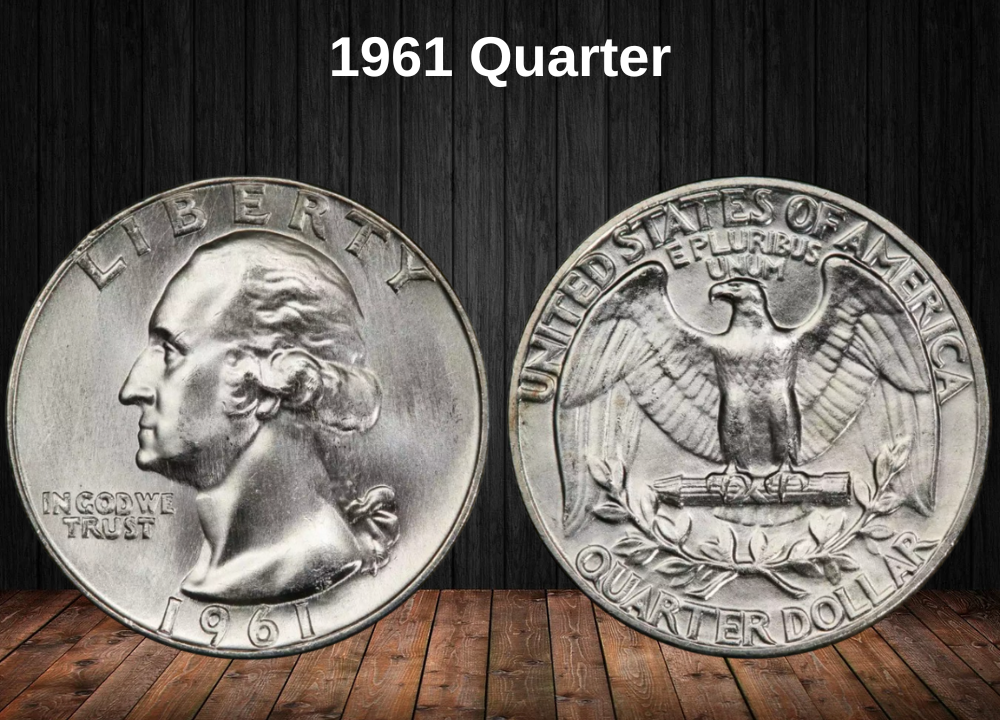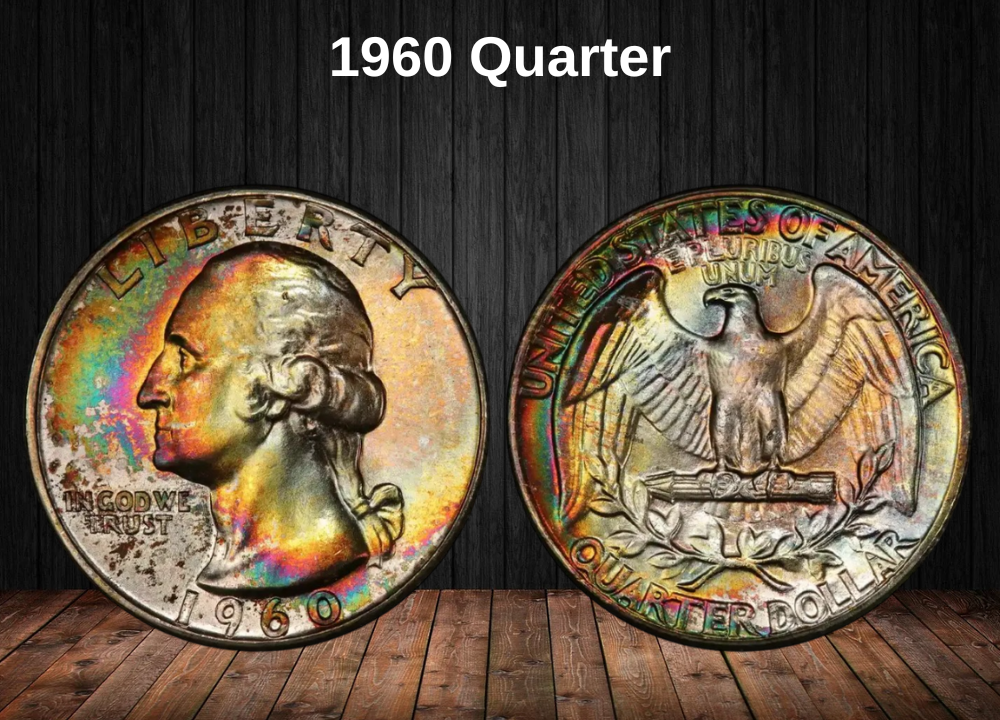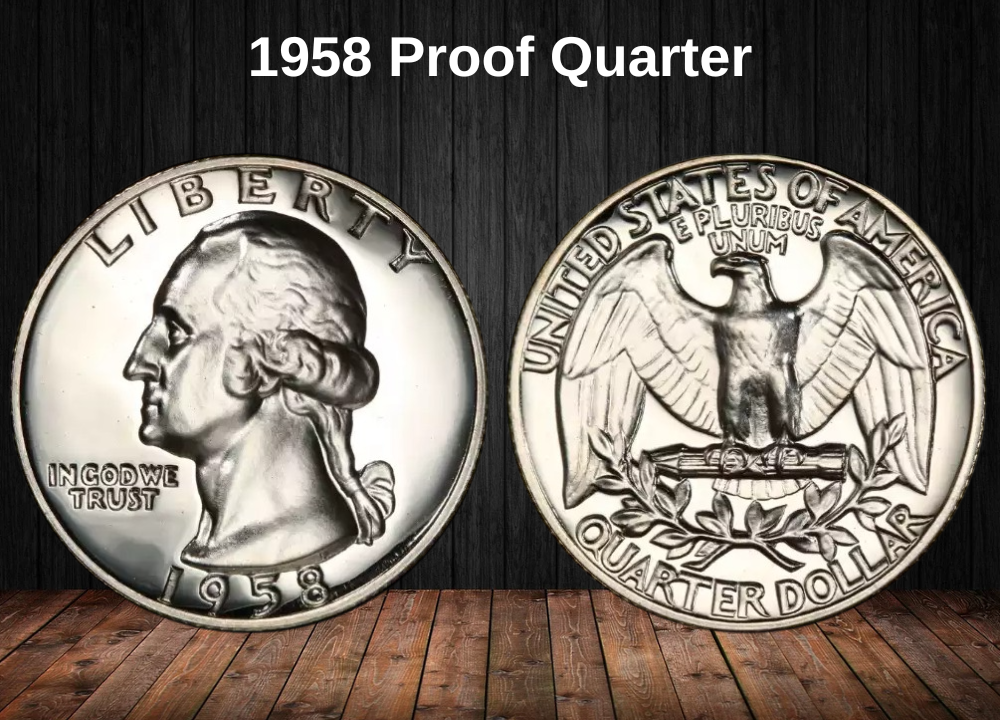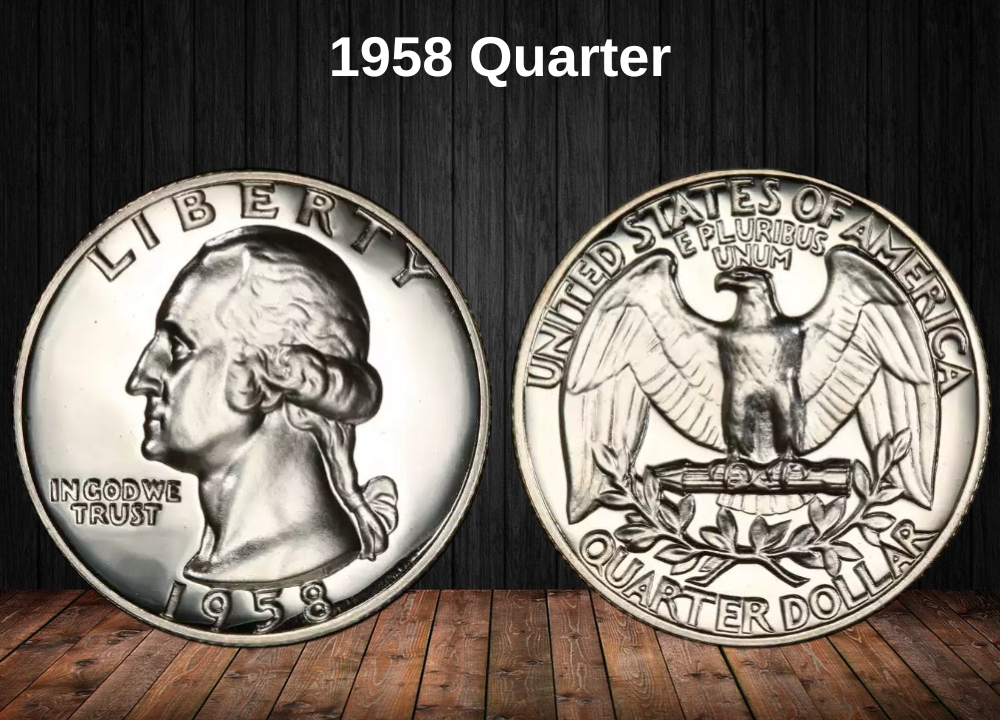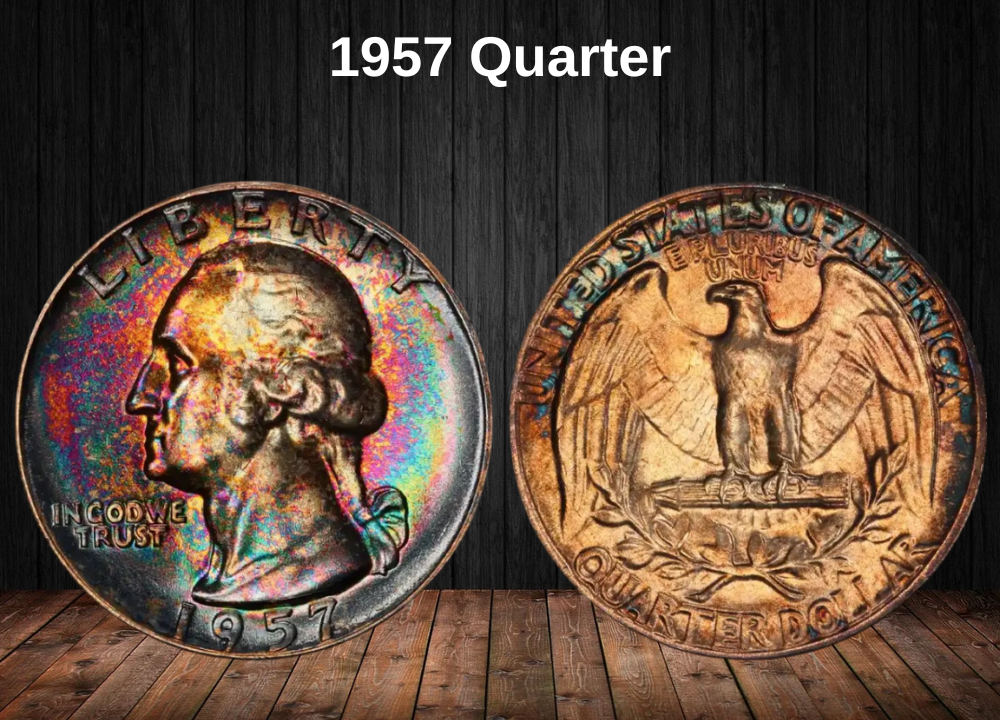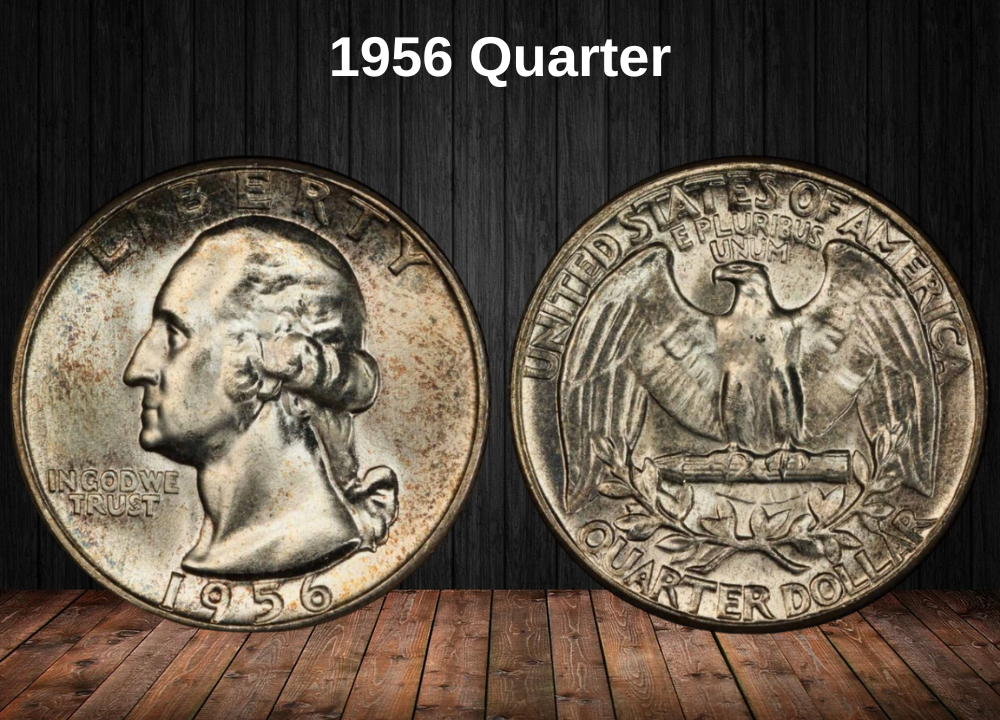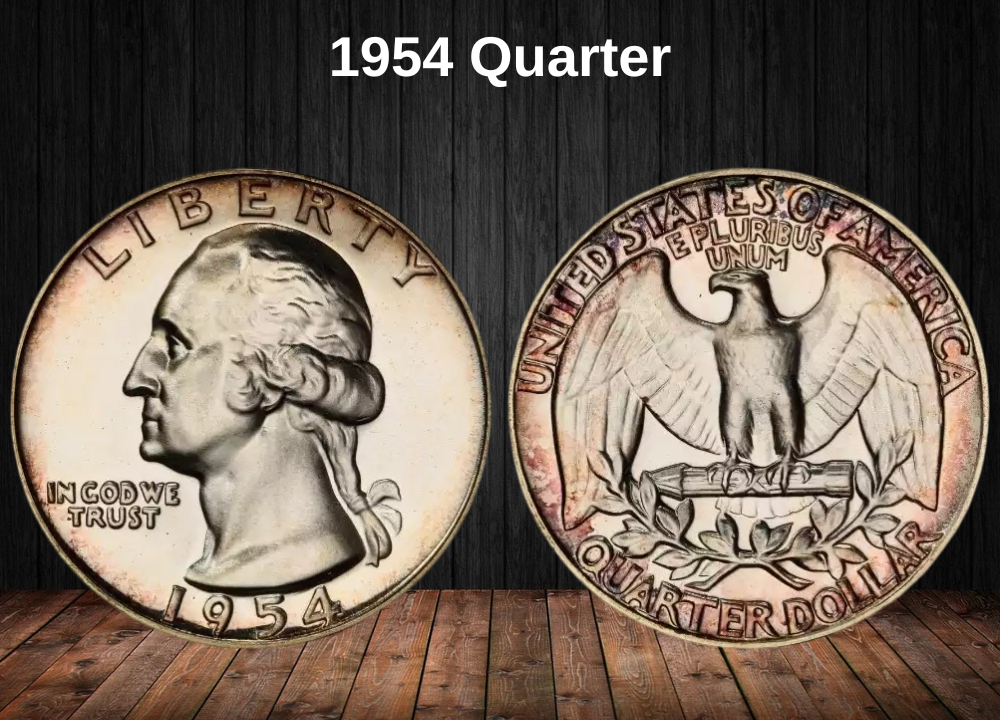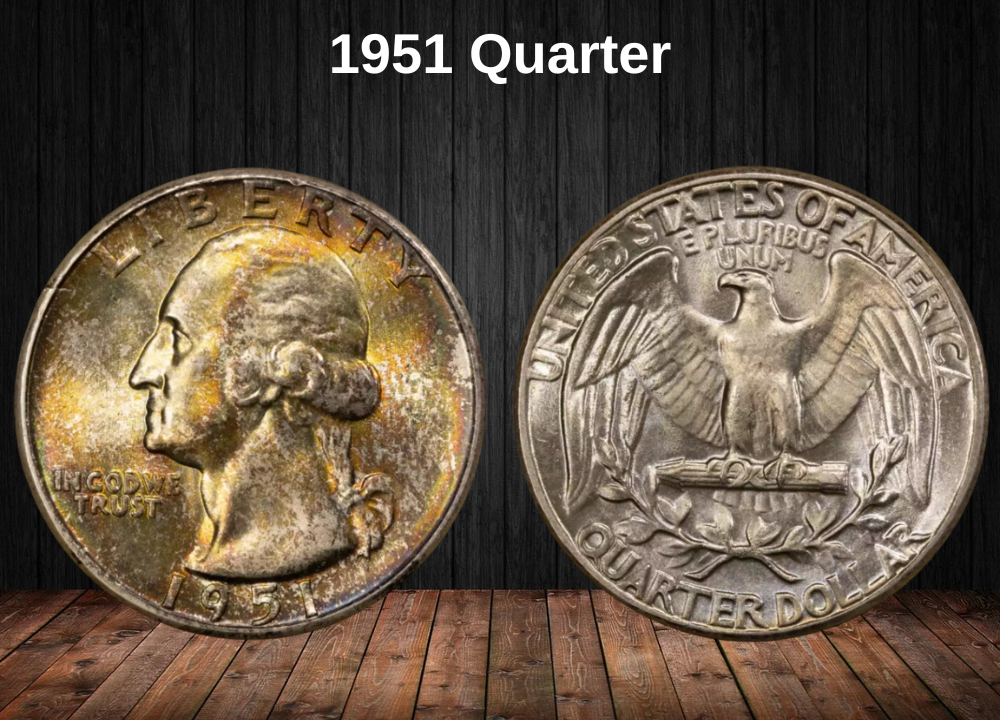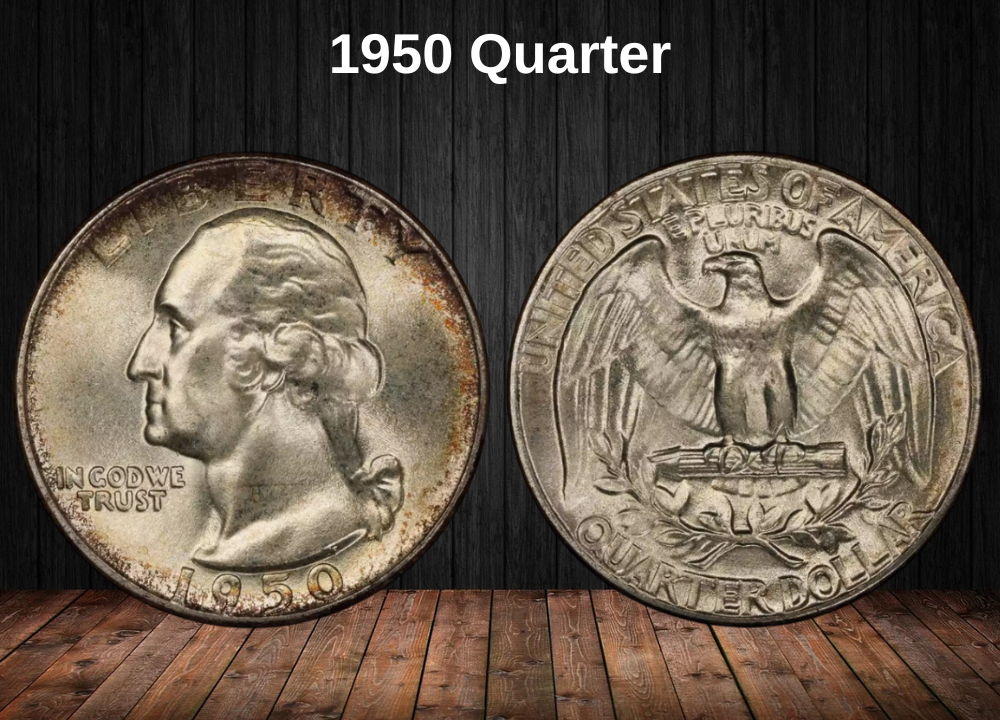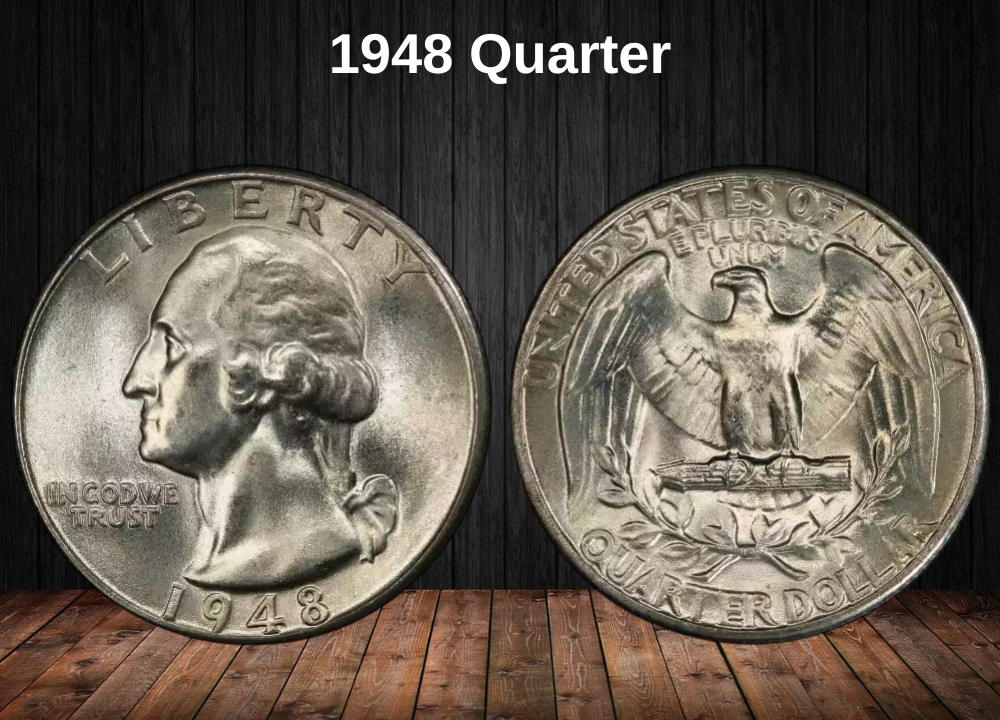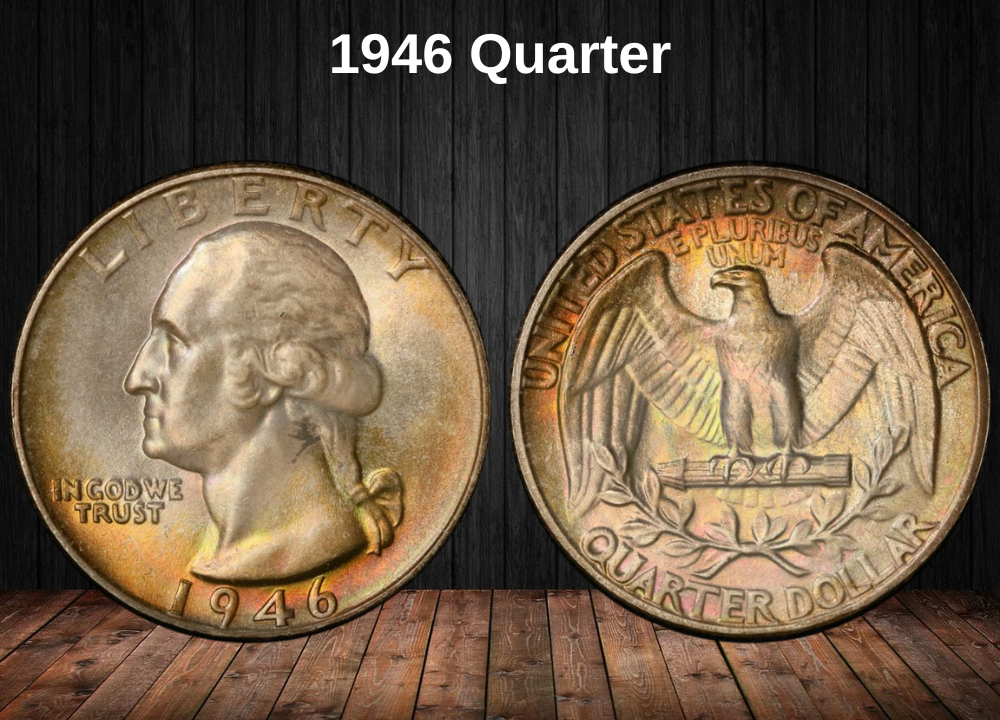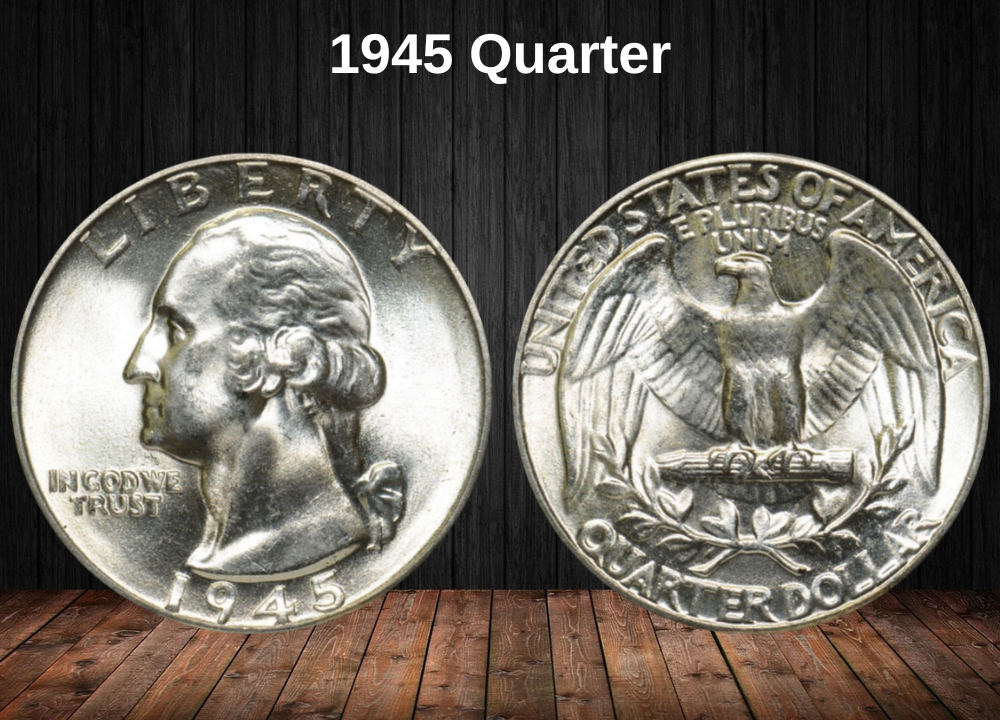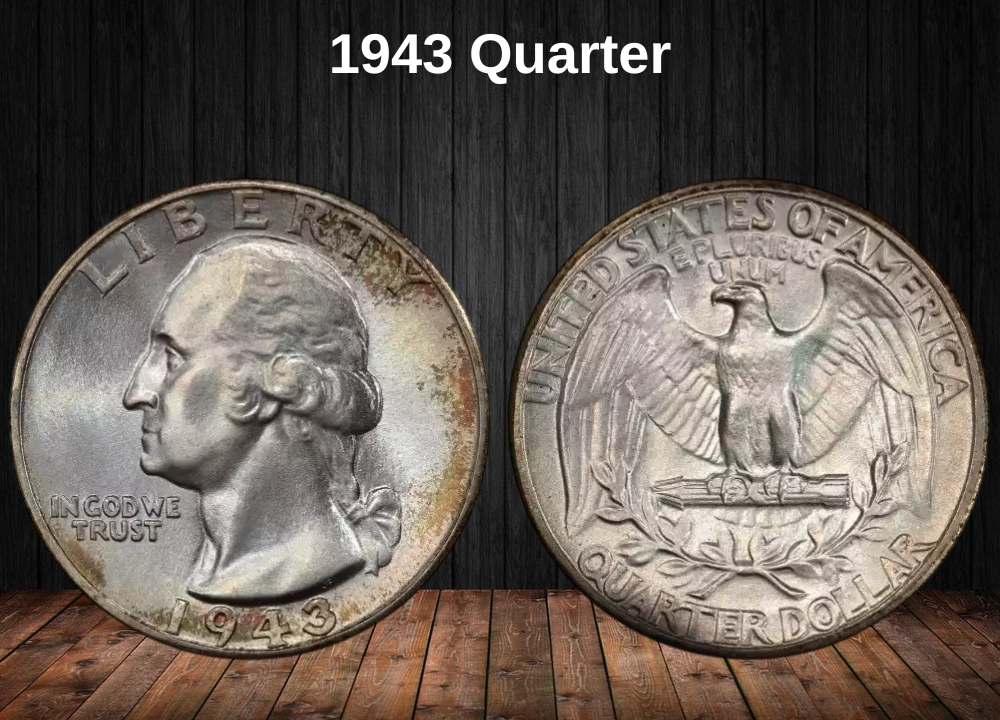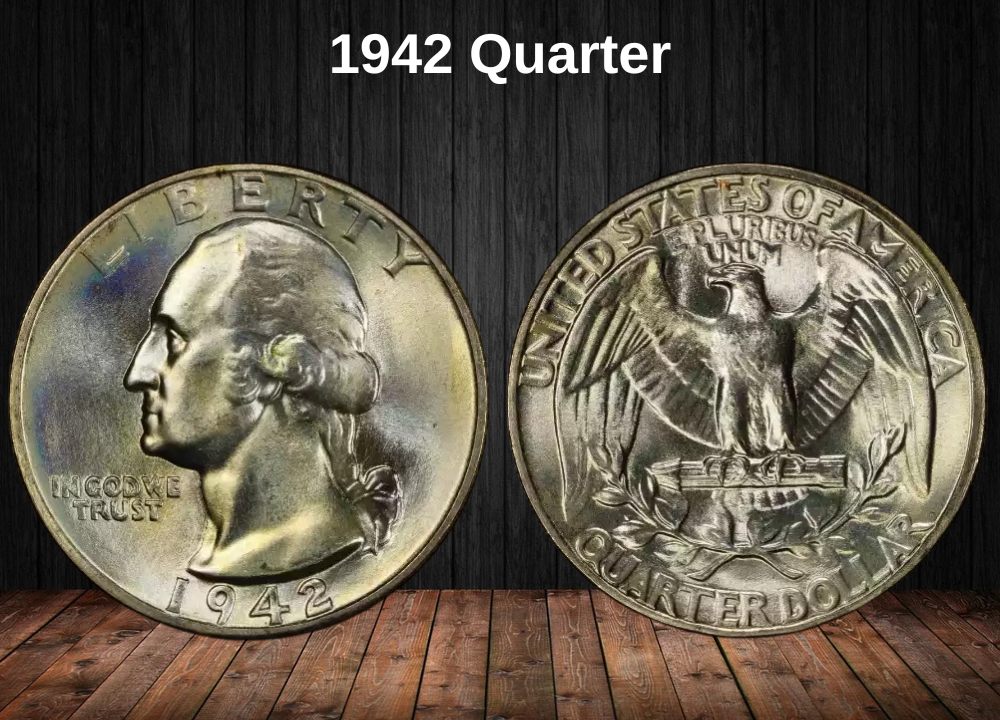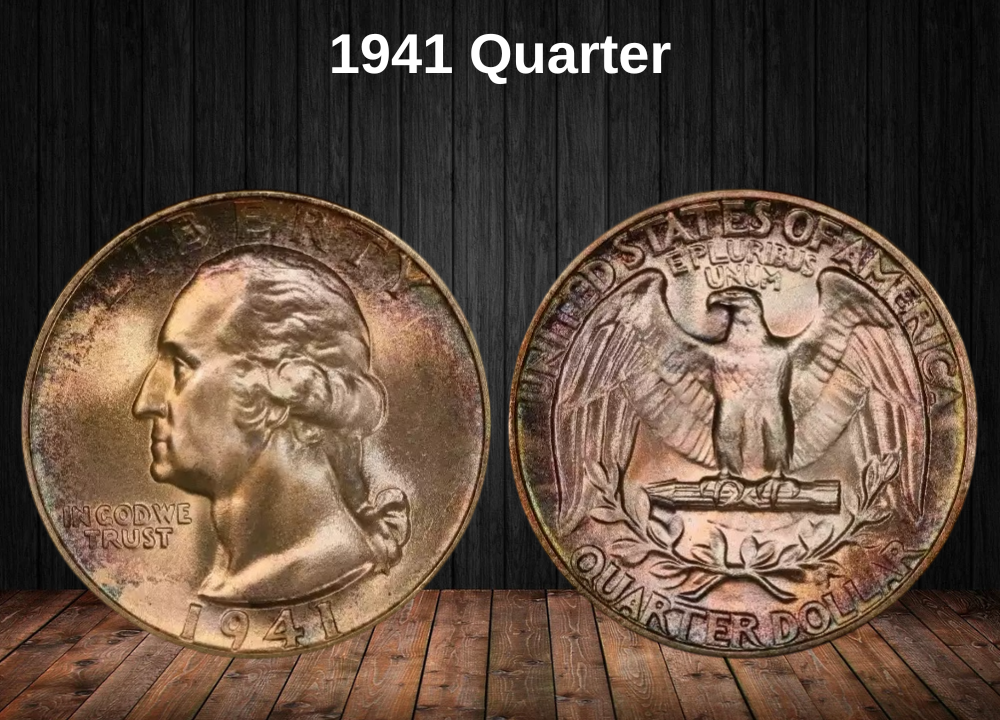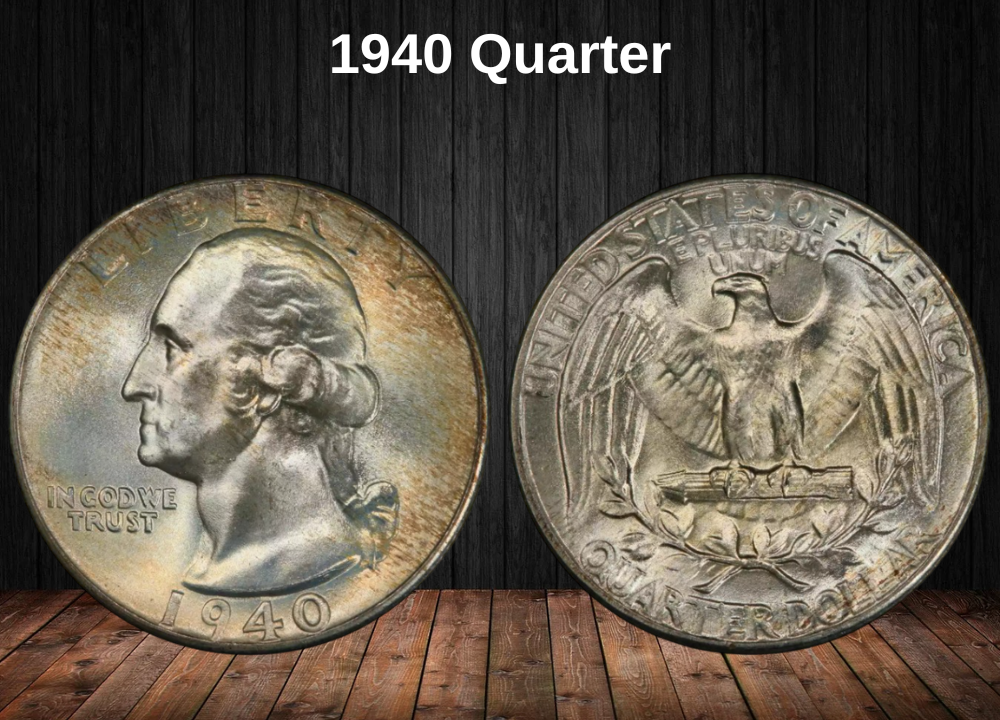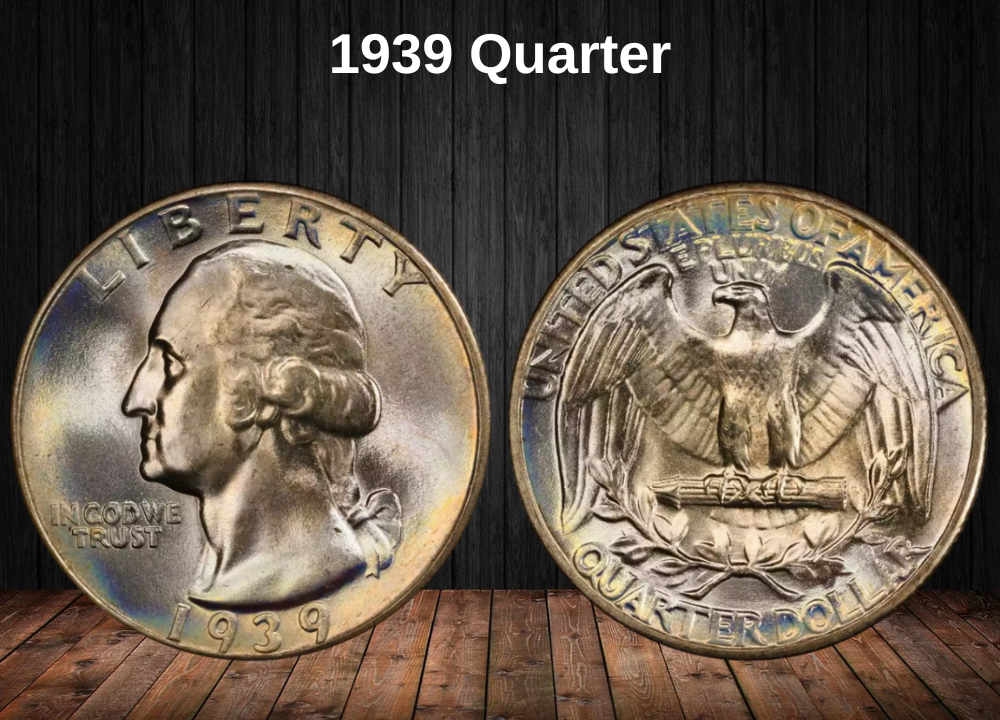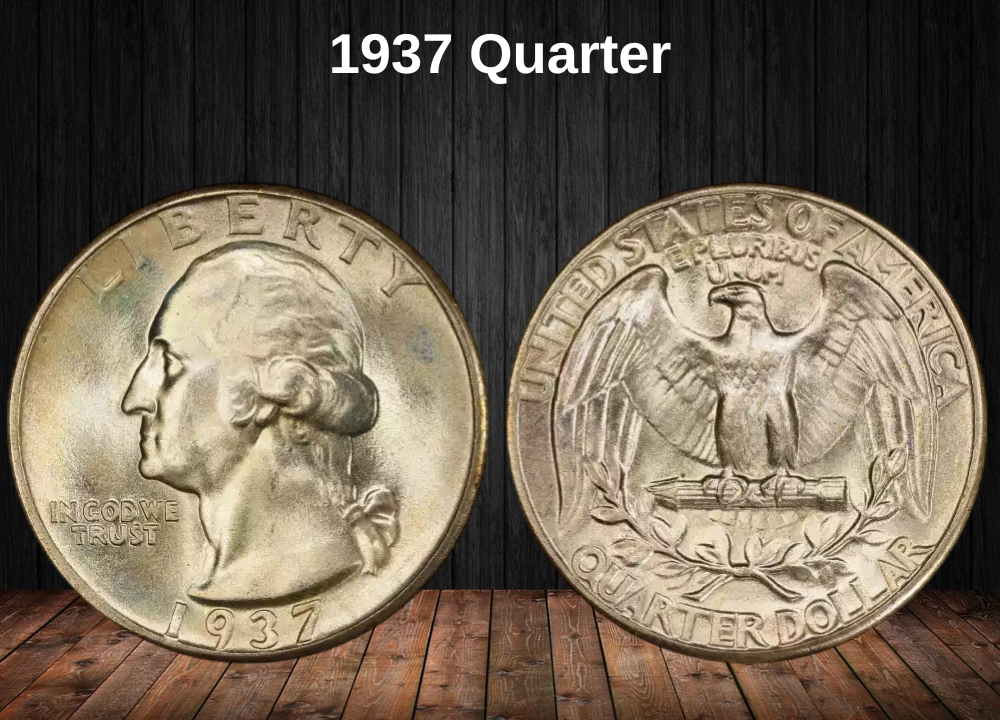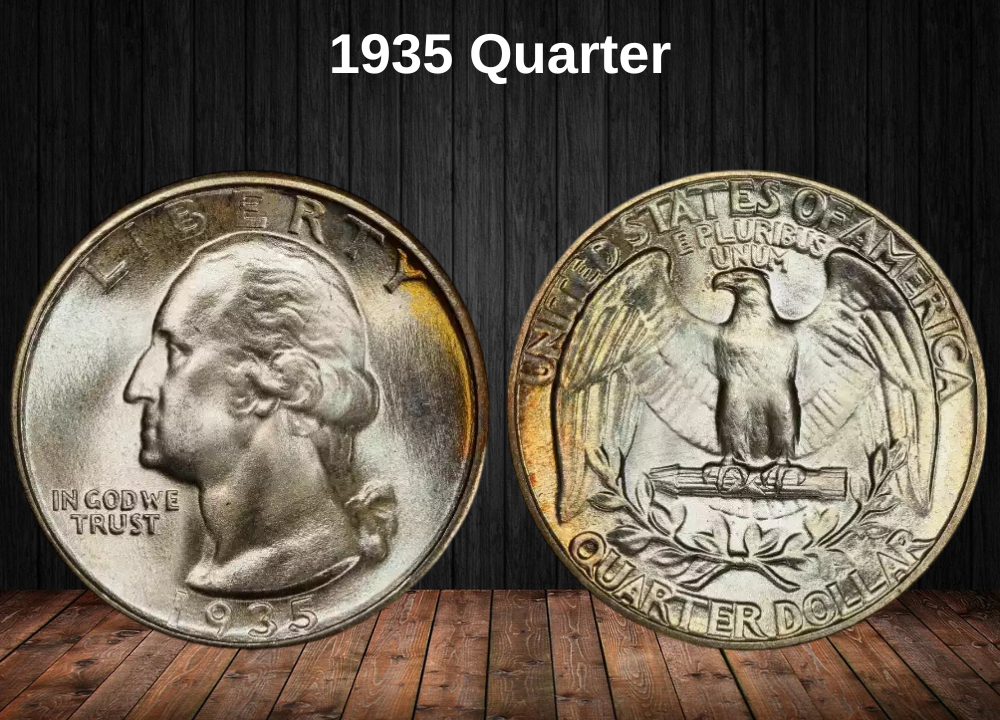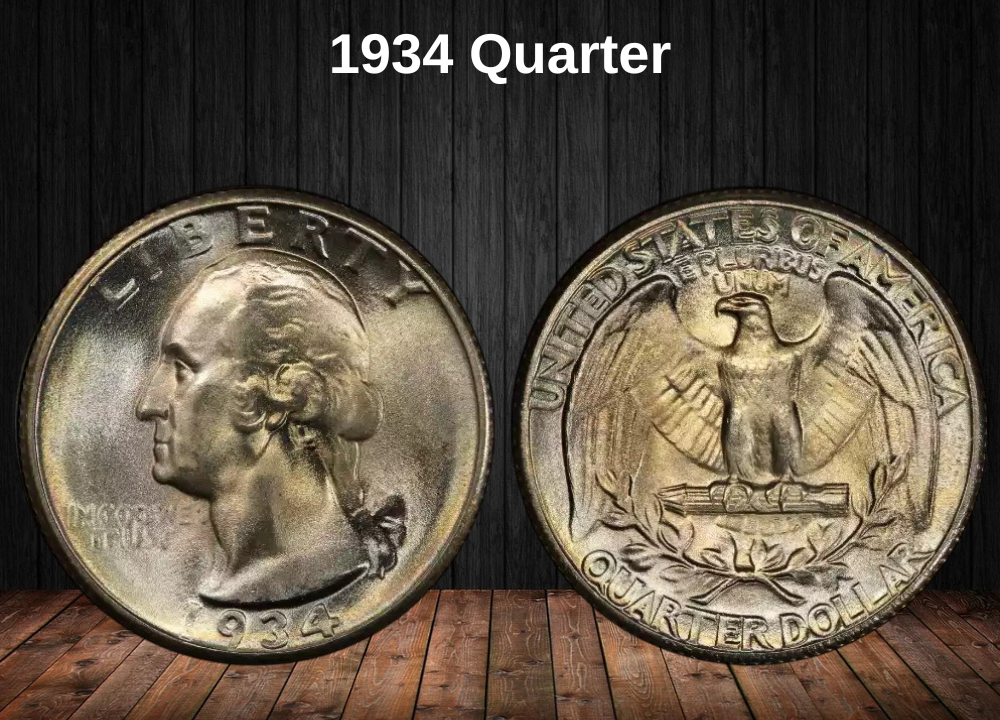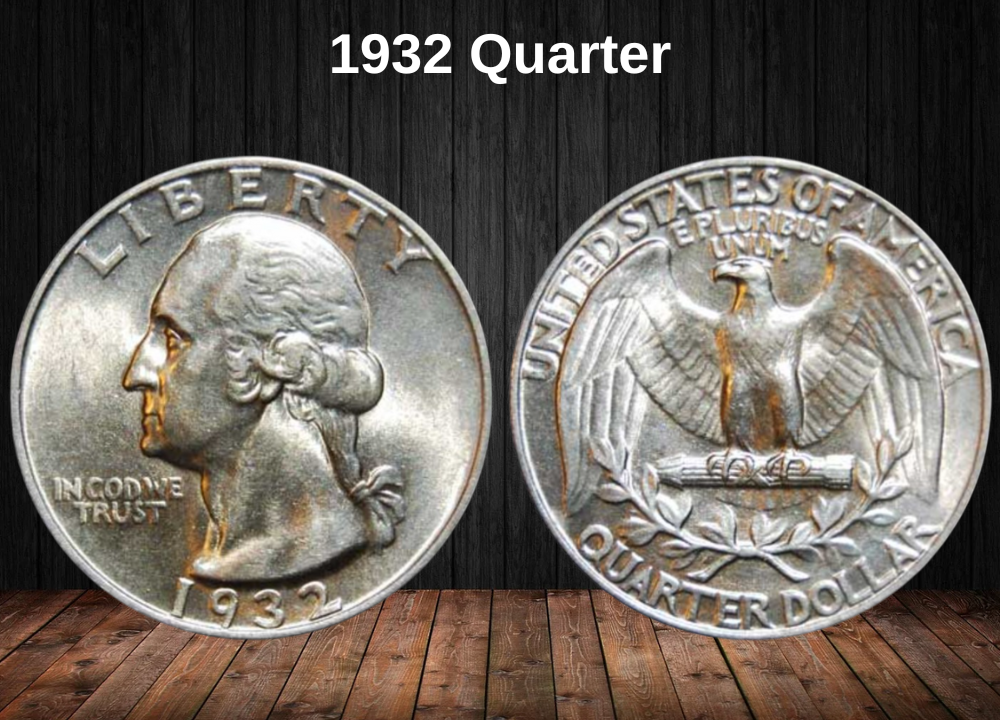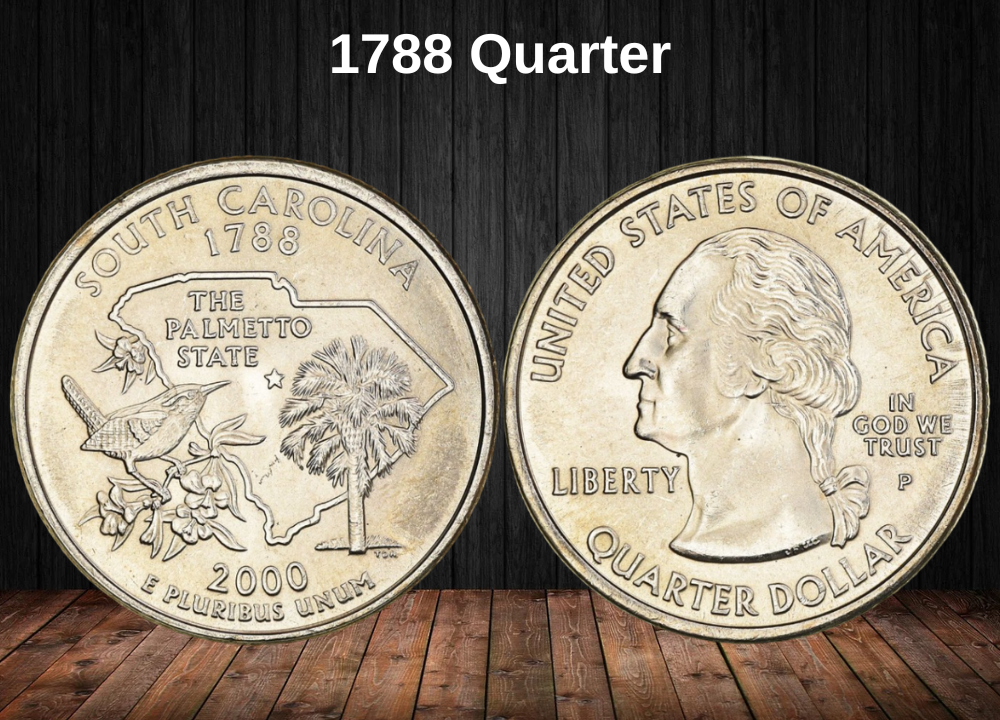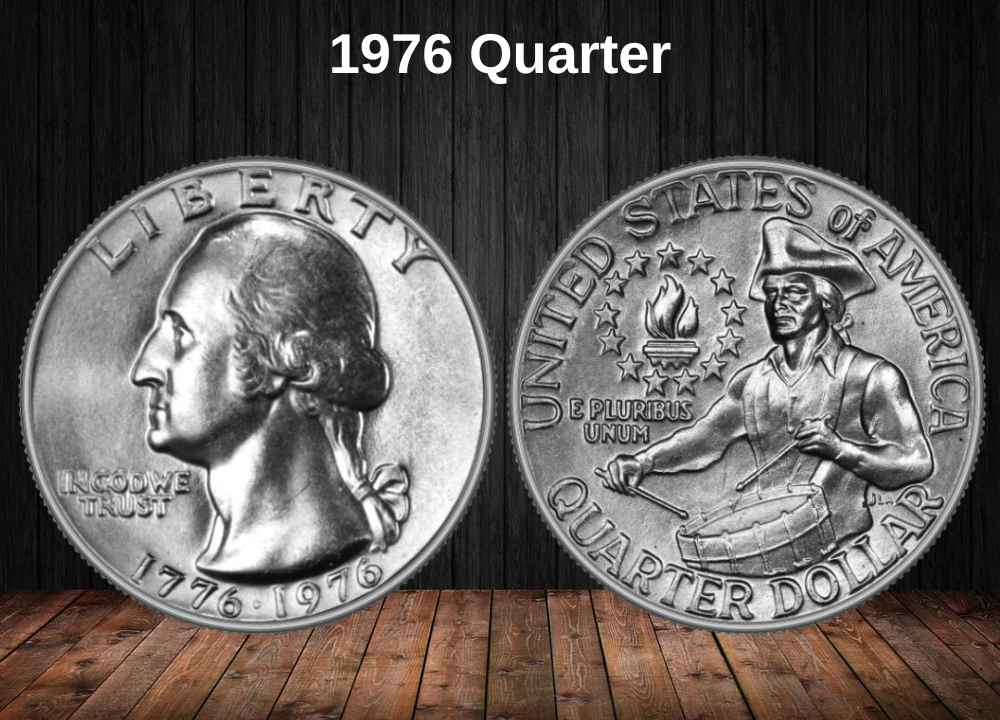Wondering how much a 1944 Washington quarter is really worth? You’re in the right place.
Most circulated examples trade for around $10–11, but high-end pieces in mint state or with rare error varieties can sell for $16,000 or more at auction. That’s why condition and mint mark matter so much when pricing these coins.
Struck in 90% silver and 10% copper, the 1944 quarter has both collectible value and bullion value, appealing to coin collectors and silver investors alike.
The mints in Philadelphia (no mint mark), Denver (D), and San Francisco (S) together produced more than 132 million quarters in 1944. While the majority remain relatively easy to find, only the best-preserved or rare-error coins bring the biggest premiums.
1944 Quarter Value by Mint
The worth of a 1944 quarter depends largely on which mint struck it and the coin’s condition. Each mint had different production totals, and collector demand has created separate market values for each variety.
Check the chart below for current price estimates across grades.
1944 Quarter Value Chart
| Type | Good | Fine | About Uncirculated (AU) | Mint State (MS) | Proof (PR) |
|---|---|---|---|---|---|
| 1944 No Mint Mark (Philadelphia) | $6.00 | $6.17 | $7.00 | $23.00 | — |
| 1944-D (Denver) | $6.00 | $6.33 | $9.50 | $26.00 | — |
| 1944-S (San Francisco) | $6.00 | $6.33 | $10.00 | $32.00 | — |
History of the 1944 Quarter
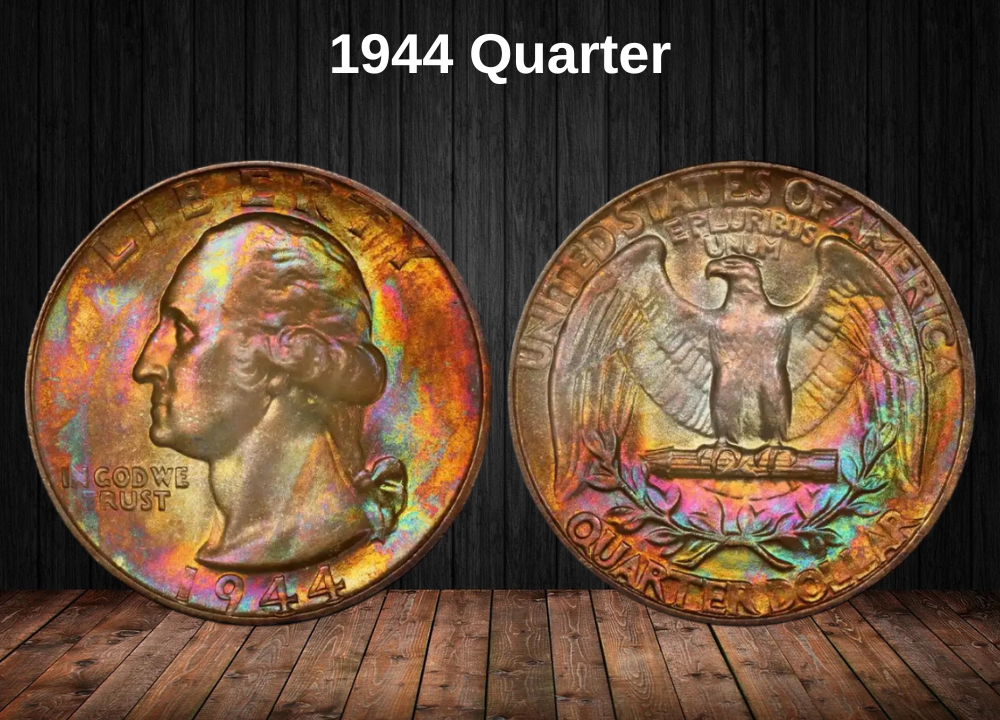
The Washington quarter series first appeared in 1932, originally intended as a one-year commemorative to honor the 200th birthday of George Washington. Its immediate success with the public led the U.S. Mint to continue production from 1934 onward, turning it into a permanent part of American coinage.
By 1944, the Washington quarter was firmly established in U.S. currency. Interestingly, there was later discussion about replacing Washington’s portrait with that of John F. Kennedy after his assassination in 1963. However, Jacqueline Kennedy opposed the idea of displacing Washington, and instead, Kennedy was honored with the half dollar, leaving Washington’s image secure on the quarter.
The 1944 issues still carried the original 90% silver, 10% copper composition, making them more valuable today than modern clad quarters. These wartime coins were struck in enormous quantities, especially at the Philadelphia Mint, which produced a record-breaking number of quarters that year.
This 1944 mintage became the highest of the Washington quarter series’ first three decades. It wouldn’t be surpassed until 1964, just before silver was removed from U.S. coinage due to rising bullion prices. As a result, the 1944 quarter remains a symbol of both wartime America and the last great era of silver coinage.
Key Features of the 1944 Quarter
By 1944, John Flanagan’s Washington quarter design had become fully refined, representing the polished version of the artwork first introduced in 1932. Unlike earlier issues such as 1934, no motto variations or experimental changes appeared this year—the wartime mints struck a fully standardized design.
Obverse Design
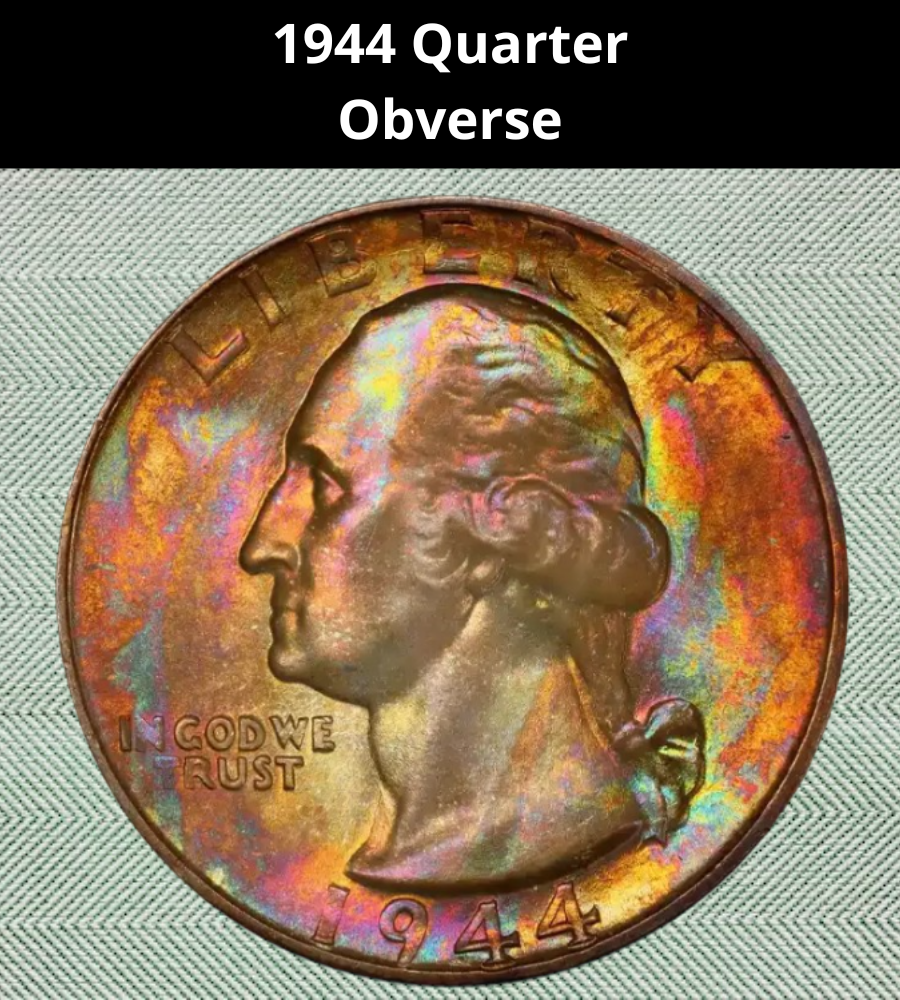
The front of the coin highlights George Washington’s profile, facing left with a calm but authoritative expression. Surrounding him are the key inscriptions:
- LIBERTY arched across the top
- IN GOD WE TRUST placed to the left of the bust
- 1944 at the bottom, marking the date
- JF, the designer John Flanagan’s initials, located at the neckline cut-off
Reverse Design
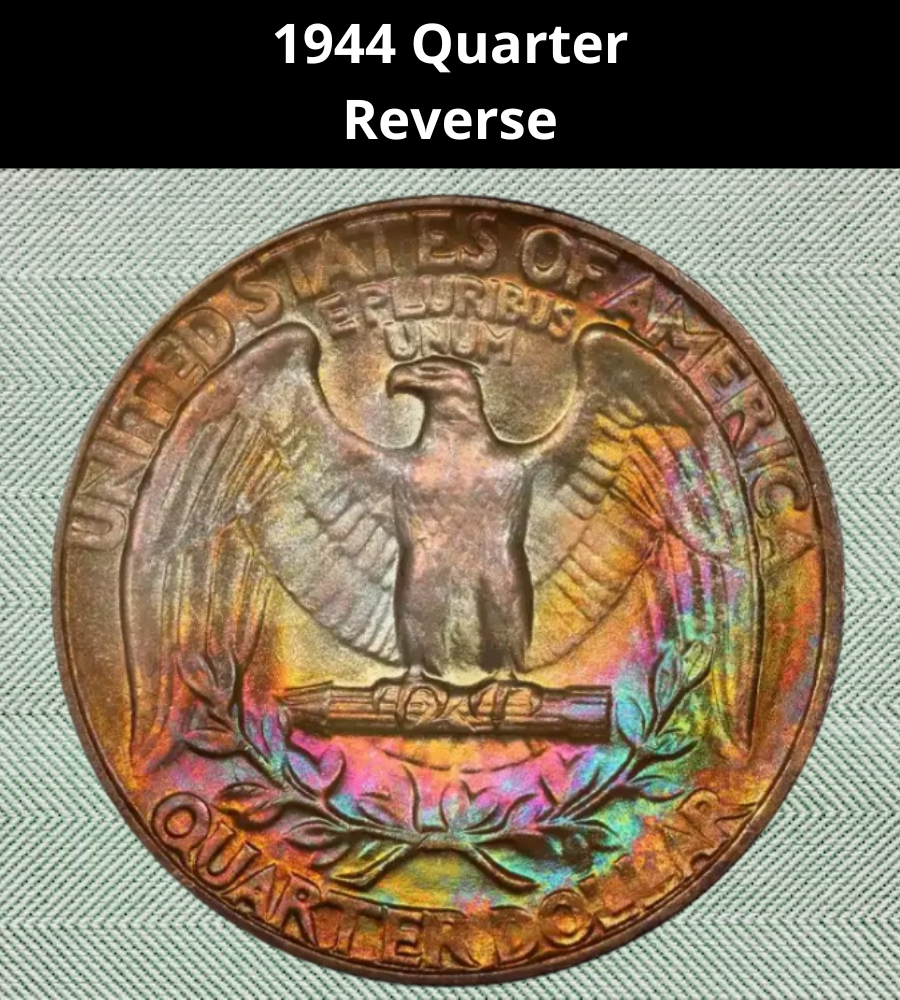
The back of the coin carries Flanagan’s familiar heraldic eagle, one of the most iconic images in American numismatics:
- The bald eagle sits with wings spread wide
- In its talons, the eagle clutches a bundle of arrows (military readiness) and two olive branches (desire for peace)
- Around the top rim is UNITED STATES OF AMERICA, with E PLURIBUS UNUM on a ribbon above the eagle
- At the bottom rests the denomination, QUARTER DOLLAR
- Coins struck in Denver and San Francisco bear a small D or S mint mark beneath the eagle’s tail; Philadelphia pieces carry no mint mark
Physical Specifications
The 1944 quarter followed the classic Washington format:
- Composition: 90% silver, 10% copper
- Silver content: 0.1808 troy ounces (5.623 g) of pure silver
- Total weight: 6.25 g (0.20094 troy ounces)
- Diameter: 24.3 mm (0.956 inches)
- Thickness: 1.75 mm (0.0687 inches)
- Edge: Reeded with 119 grooves
These wartime quarters belong to the final generation of true silver quarters that circulated widely in American life until silver was phased out in 1965.
1944 Quarter Grading
Grading plays a crucial role in determining the value of a 1944 Washington quarter. While most pieces from Philadelphia’s massive mintage are relatively common, condition separates ordinary circulation coins from premium collectibles.
| Grade Range | Diagnostic Features | Market Notes |
|---|---|---|
| Good (G-4 to VG-8) | Heavy circulation wear, flat hair details, eagle’s breast nearly smooth. Legends and date remain visible but weak. | Typically worth silver melt value plus a small premium. |
| Fine (F-12 to VF-20) | Partial hair definition appears, eagle’s feathers lightly worn but visible. All inscriptions bold. | Solid entry point for budget collectors. |
| About Uncirculated (AU-50 to AU-58) | Light friction on Washington’s cheek and hair curls; eagle’s wing tops show faint wear. Retains most mint luster. | Popular “sweet spot” for value without Mint State premiums. |
| Mint State (MS-60 to MS-65) | No wear, sharp strike with strong luster. Bag marks or contact marks may be visible under magnification. | Strong demand, especially for coins with clean fields and attractive toning. |
| Gem Mint State (MS-66 to MS-68) | Virtually flawless surfaces, rainbow or peripheral toning possible. Washington’s cheek and eagle’s breast show crisp details. | Premium-grade examples can reach thousands at auction. |
1944 Quarter Value Guides
1944 No Mint Mark Quarter Value
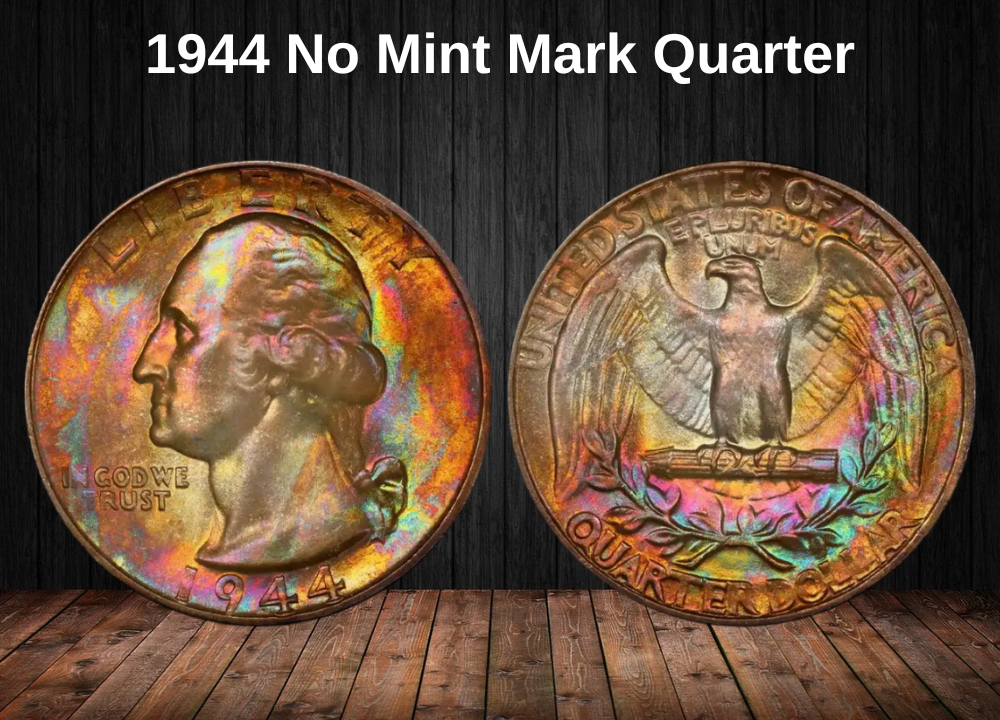
Among all Washington quarters of the 1940s, the Philadelphia 1944 issue stands out for its record-breaking mintage. With over 104.9 million pieces struck, it became the most heavily produced Washington quarter of its era—a milestone that would not be surpassed until 1964.
This enormous output reflects the wartime industrial power of the United States, as the Philadelphia Mint worked around the clock to meet the nation’s coinage needs during World War II.
Although this variety is the most common of 1944, it still holds strong collector appeal for two main reasons:
- 90% silver composition, which guarantees intrinsic metal value.
- Historical importance, as part of the last generation of true silver quarters before the composition change in 1965.
The lack of a mint mark—typical for Philadelphia coins of the era—creates a clean reverse design, which many collectors consider aesthetically appealing.
1944 No Mint Mark Quarter Price/Grade Chart
(Latest Auction Records – Updated September 12, 2025)
| Date | Auction House | Price | Grade |
|---|---|---|---|
| 04/23 | SB | $264 | MS67 |
| 04/23 | HA | $45 | MS66 |
| 04/23 | SB | $216 | MS67 |
| 01/23 | HA | $154 | MS67 |
| 12/22 | HA | $4,440 | MS68 |
| 11/22 | HA | $159 | MS67 |
| 11/22 | HA | $43 | MS66 |
| 09/22 | DL | $280 | MS67 |
| 09/22 | HA | $169 | MS67 |
| 08/22 | HA | $16,800 | MS68 |
1944-D Quarter Value
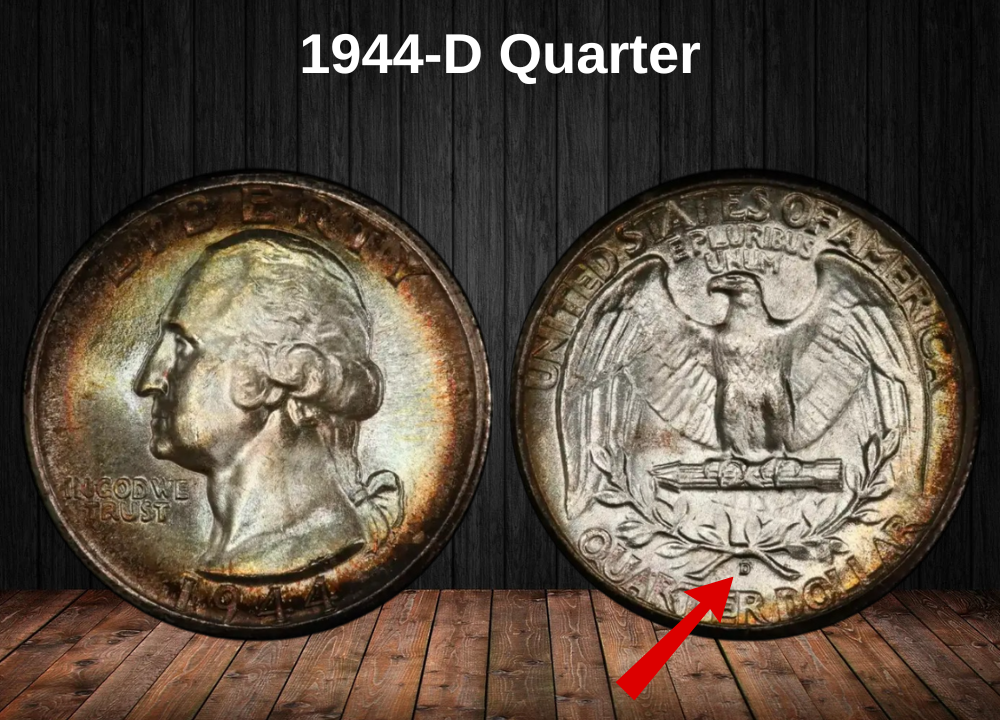
The 1944-D Washington quarter, struck at the Denver Mint, carries both historical and regional importance. With a mintage of 14.6 million coins, it played a vital role in fueling everyday commerce across the western United States during the height of World War II.
Circulating widely in mining towns, transportation hubs, and defense industry centers, these coins became a key part of wartime economic life. The small “D” mint mark, located beneath the eagle on the reverse just above the “QUARTER DOLLAR” inscription, confirms its Denver origin.
Although its mintage was considerably lower than Philadelphia’s massive output, survival rates have kept the 1944-D relatively accessible to collectors today. That said, high-grade Mint State examples show strong premiums, particularly for coins with full luster and sharp detail—qualities that distinguish Denver’s wartime strikes.
1944-D Quarter Price/Grade Chart
(Latest Auction Records – Updated September 12, 2025)
| Date | Auction House | Price | Grade |
|---|---|---|---|
| 09/24 | SB | $45 | MS66 |
| 08/24 | SB | $96 | MS67 |
| 08/23 | HA | $180 | MS67 |
| 08/23 | HA | $192 | MS67 |
| 04/23 | SB | $120 | MS67 |
| 04/23 | HA | $2,040 | MS68 |
| 03/23 | SB | $216 | MS67 |
| 03/23 | SB | $192 | MS67 |
| 01/23 | DL | $140 | MS67 |
| 10/22 | HA | $169 | MS67 |
1944-S Quarter Value
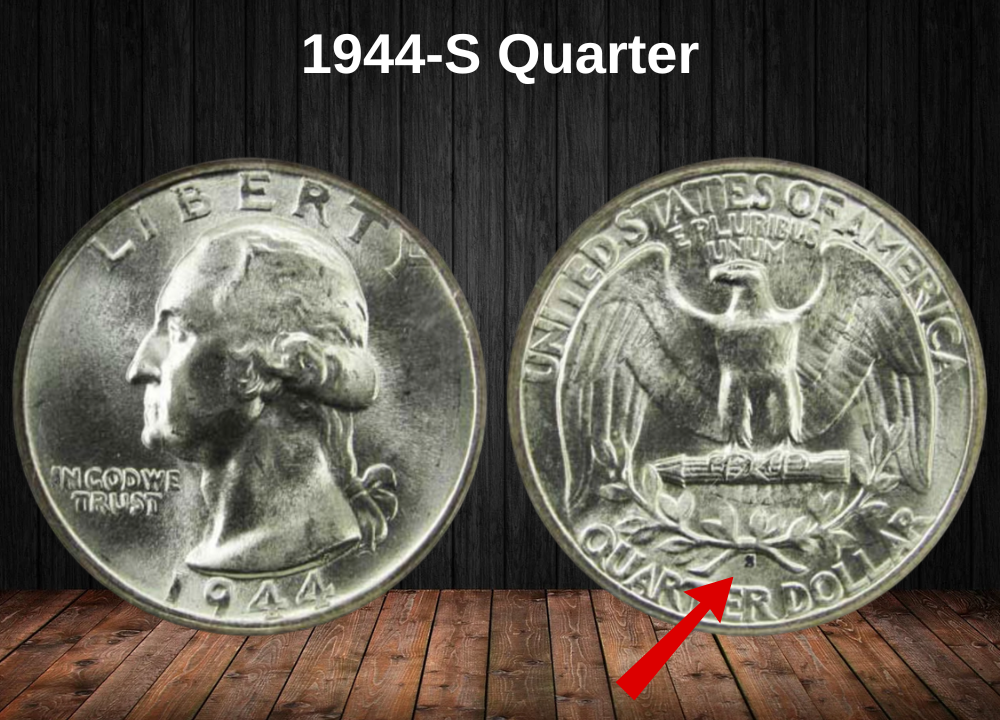
The 1944-S Washington quarter, struck at the San Francisco Mint, is the lowest-mintage issue of the year, with just 12.56 million coins produced. This modest output gives the 1944-S a natural edge in collectibility, especially in higher grades.
These quarters circulated heavily along the Pacific Coast during World War II, where San Francisco served as a strategic hub for shipbuilding, aircraft production, and military logistics. The small “S” mint mark, located beneath the eagle’s tail on the reverse, marks its West Coast origin.
While survival rates ensure accessibility for collectors in circulated grades, premium Mint State examples with strong luster and crisp strikes are far scarcer and attract competitive bidding. The 1944-S combines both historical importance and conditional rarity, making it a standout issue of the wartime Washington quarter series.
1944-S Quarter Price/Grade Chart
(Latest Auction Records – Updated September 12, 2025)
| Date | Auction House | Price | Grade |
|---|---|---|---|
| 01/25 | SB | $168 | MS67 |
| 11/24 | SB | $660 | MS67 |
| 09/24 | SB | $65 | MS65 |
| 08/24 | HA | $1,260 | MS68 |
| 08/24 | SB | $240 | MS67 |
| 06/24 | HA | $1,872 | MS68 |
| 10/23 | HA | $336 | MS66 |
| 07/23 | HA | $159 | MS67 |
| 06/23 | HA | $55 | MS66 |
| 05/23 | HA | $132 | MS67 |
Rare 1944 Quarter Error List
1. 1944 Doubled Die Obverse (FS-101)
The 1944 Doubled Die Obverse (FS-101) is one of the most dramatic and desirable error varieties in the Washington quarter series. It features bold doubling on the obverse inscriptions and date, the result of a working die receiving a second, slightly misaligned impression during the hubbing process.
Collectors can easily spot this variety without magnification. The doubling is especially clear on “LIBERTY,” the date “1944,” and Washington’s hair details, where the separation between the primary and secondary images is sharp and obvious. This level of visibility makes it far more appealing than the subtler doubled die varieties that require close inspection.
Because of its prominence and rarity, the FS-101 has become a cornerstone piece for Washington quarter specialists. Values range from about $75 in circulated grades to well over $18,000 for high-end Mint State examples, making it one of the most valuable wartime quarter errors.
1944 DDO (FS-101) Quarter Price/Grade Chart
(Latest Auction Records – Updated September 12, 2025)
| Grade | Value Range | Notes |
|---|---|---|
| G–F | $75 – $150 | Collectible entry-level examples |
| VF–AU | $250 – $1,000 | Strong detail, doubling still prominent |
| MS60–MS64 | $1,500 – $5,000 | Attractive Mint State examples |
| MS65–MS67 | $6,500 – $15,000 | Premium eye appeal and strong luster |
| MS68+ | $18,000+ | Finest known specimens at auction |
2. 1944-D Doubled Die Obverse (FS-101)
The 1944-D Doubled Die Obverse (FS-101) marks Denver’s most notable contribution to the doubled die family of Washington quarters. This variety exhibits clear doubling on the obverse elements, particularly on “LIBERTY,” the date “1944,” and portions of Washington’s profile, including his hair details.
The error occurred during die preparation when the working die was hubbed more than once with slight misalignment, creating the overlapping design elements that define a true doubled die. While the doubling isn’t as bold as the Philadelphia FS-101 variety, the Denver version shows enough separation in the inscriptions and numerals to make it identifiable without high magnification.
This error holds a special place in collections because it combines Denver’s lower wartime mintage with a dramatic die variety. Collectors value it as a more accessible alternative to the rarer Philadelphia DDO while still enjoying the historical and numismatic significance of a doubled die.
Recent auction results confirm its growing demand, with one MS66 example selling for $460 at Heritage Auctions, underscoring its investment potential for those pursuing Mint State coins.
1944-D DDO (FS-101) Quarter Price/Grade Chart
(Latest Auction Records – Updated September 12, 2025)
| Grade | Value Range | Notes |
|---|---|---|
| G–F | $40 – $75 | Modest premiums, doubling faint but traceable |
| VF–AU | $100 – $225 | Clear separation visible in lettering and date |
| MS60–MS63 | $250 – $375 | Solid Mint State examples with eye appeal |
| MS64–MS65 | $400 – $500 | Premium collector demand at this level |
| MS66 | $460+ | Record Heritage Auctions sale, strong appreciation potential |
3. 1944-S Doubled Die Obverse (FS-101)
The 1944-S Doubled Die Obverse (FS-101) stands as the marquee error variety of the 1944 Washington quarter series, widely considered the most dramatic and desirable San Francisco Mint doubled die of the decade.
This variety displays bold doubling on “LIBERTY,” the date “1944,” and Washington’s hair details, with separation lines so distinct that the error can be spotted without magnification. The clarity of the doubling sets it apart from many other Washington quarter varieties, elevating its appeal among error specialists and mainstream collectors alike.
The rarity of this variety is magnified by its San Francisco origin—the mint with the lowest production totals in 1944. During hubbing, the working die received multiple, slightly misaligned impressions, resulting in the unmistakable doubled elements. The combination of low mintage, bold visual diagnostics, and wartime context makes this error one of the most coveted in the Washington quarter series.
Auction history underscores its prestige: an MS63 example realized $18,400, cementing its place among the most valuable wartime quarter errors. Today, MS67 survivors remain exceedingly rare and consistently bring four-figure prices, reflecting sustained demand from advanced numismatists.
1944-S DDO (FS-101) Quarter Price/Grade Chart
(Latest Auction Records – Updated September 12, 2025)
| Grade | Value Range | Notes |
|---|---|---|
| G–F | $100 – $250 | Doubling traceable, though weaker on worn examples |
| VF–AU | $400 – $850 | Strong separation visible in inscriptions and date |
| MS60–MS62 | $1,000 – $2,500 | Early Mint State, sought after for affordability |
| MS63–MS65 | $3,000 – $9,500 | Premium examples with strong eye appeal |
| MS66–MS67 | $10,000 – $18,500+ | Record-setting rarities, centerpiece of major collections |
Where to Sell Your Quarter Coin?
Now that you know the value of your quarter, the next step is deciding where to sell it. There are several trusted options—both online and in person—that can help you get the best price depending on your coin’s rarity and condition.
To see the full list of recommended places, along with their advantages and disadvantages, check our complete guide on where to sell your quarter coins.
FAQ About the 1944 Washington Quarter
1. Why is the 1944 Quarter historically significant?
The 1944 Washington Quarter was struck during the final years of World War II. Like all pre-1965 issues, it was minted in 90% silver, making it both a historical wartime artifact and a valuable collectible for its silver content and numismatic appeal.
2. Which mints produced the 1944 Quarter?
It was struck at three mints: Philadelphia (no mint mark), Denver (“D”), and San Francisco (“S”). While the Philadelphia issue had the largest mintage, the 1944-S is considered scarcer in high grades and often commands higher premiums among collectors.
3. Are there notable varieties or errors for the 1944 Quarter?
Yes. Collectors look for Doubled Die Obverses (DDO) such as the 1944-D FS-101 and 1944-S FS-101, both showing strong doubling on LIBERTY and the date. Other sought-after errors include repunched mintmarks (RPMs), clipped planchets, and off-center strikes.
4. How much is a 1944 Quarter worth?
Circulated examples are generally worth $5–$15, slightly above silver melt value. Mint State coins (MS65) usually range from $100–$250, while superb gems (MS67+) can exceed $1,000. Rare doubled die or RPM varieties can sell for several thousand dollars depending on grade.
5. What should collectors look for when evaluating a 1944 Quarter?
Key details include sharp definition in Washington’s hair and the eagle’s breast feathers. Use magnification to check for doubled dies or RPMs. Coins with original luster, natural toning, and no signs of cleaning are far more desirable. Certification by PCGS or NGC is strongly recommended for high-value varieties.

